Mon 9 Sep 2019 • Nick Kershaw
It takes a village
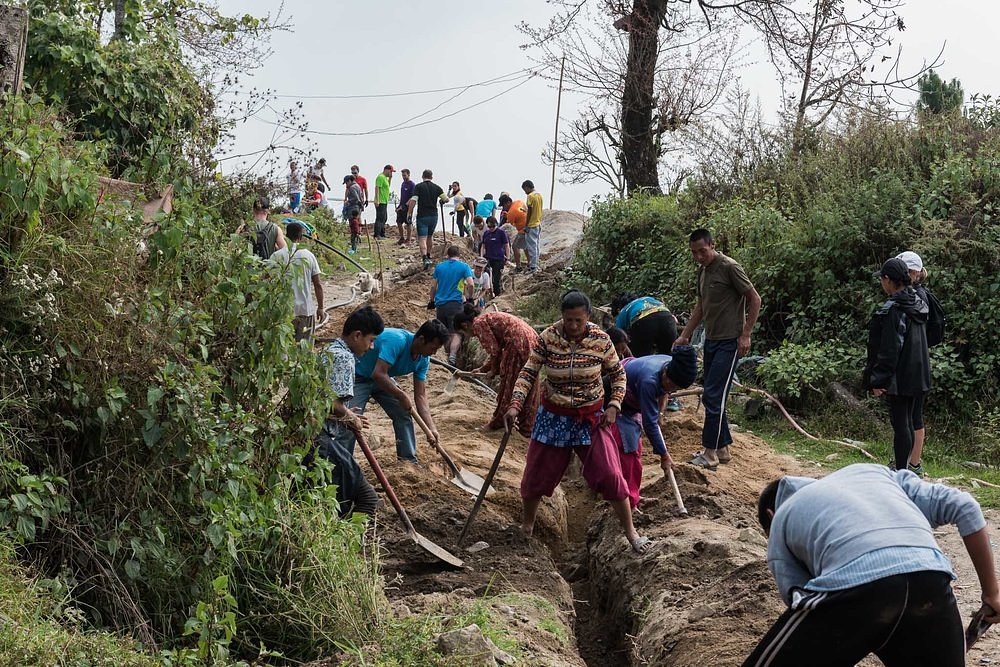
This was easily the most brutal 2 days in Impact Project history; we are indebted to the incredible group of runners who relentlessly pushed to lay this pipeline. They dug through dirt, they dug through rock, they dug through tarmac and came out empowered on the other side.
As we head back to the original Impact Marathon, CEO & Founder, Nick Kershaw, reflects on what made “Project Pipeline” such a successful Impact Project.
In 2016, we settled on our first location for the Impact Marathon Series - Kakani, Nepal.
Our goal had been to tell the story of Nepal, 18 months on from the destruction brought by the earthquake. Looking around the village of Kakani, we could see the corrugated iron shelters where once people had built their homes. We saw everyday life carrying on as before and the rebuilding slowly beginning. We figured that the Impact race would be looking at rebuilding homes.
However, we were cognizant that our goal may not have been the goal of the community. We sat down with the leaders and talked through what Impact offered as a platform for change. Despite our preconceptions, the community had one uniting project – they all wanted water. More specifically - a pipeline - to bring water to the village all year round. The water source was 5km from the village water tank and the village is about 2km in radius. The community wanted to see water delivered to every single house, all year round.
But it wasn’t all smooth-sailing. There was one family that owned a hotel in town that had year round water supply. During the winter, as the pipes froze, and during the summer as the water source ran dry, the villagers would all walk there to collect and take their water back home. It was a matter of prestige that would be undermined by this ambitious project.
Year One
On the first ever morning, of the first ever Impact project 80 Impact Runners, and around 100 villagers got stuck into the digging. Organisation and delivery of the program had been entrusted to the villagers. With the natural language barriers, and different opinions on the most efficient use of man power, this led an utterly crazy first few hours. But momentum built (until 11am when all the Nepalis disappeared to take their Dal Bhat, the most important meal of the day, only to return and inform the Impact Runners we'd been digging in completely the wrong direction…there was subsequently a Dal Bhat rota put in place), and two days of work later only the last part of the pipeline was left to dig. A task subsequently delivered by the villagers over the coming weeks.
Behind the scenes, the one unhappy family had been making a lot of noise, voicing their concerns and stirring unrest. Despite this, the community leaders insisted we trust in them, trust in the community of the village.
Year Two

We returned to start the second stage of what had been dubbed “Project Pipeline”, finding water now filling the central 65,000L tank. This year’s mission: taking this water to all areas of the village. For two days, we dug. And this time, due to the roads in the village, we had to dig 70-90cm deep. This was easily the most brutal 2 days in Impact Project history; we are indebted to the incredible group of runners who relentlessly pushed to lay this pipeline. They dug through dirt, they dug through rock, they dug through tarmac and came out empowered on the other side. Because once you’ve spent 8 hours a day, for 2 days straight, digging through rock – you understand how to overcome limiting beliefs of can and cannot.
This year, we spent time at the hotel of the one unhappy family. We used it on our team recces (the only hotel with hot water, it was a pragmatic as well as altruistic decision) and we took the runners for tea on their rooftop during breaks in the digging. There was a mutually beneficial relationship building.
Captured by David Altabev
Year Three
We headed up to the village on a recce a few months pre-race. There was an energy about the place; it was buzzing. It wasn't until one of our local leaders, Bishnu Moktan bounded over to us that we realised why. Looking around, the women were washing their pots outside their houses, the children were brushing their teeth, one chap was washing his buffalo next to his house. Bishnu took us on a tour of all the houses with their taps, all connected to a meter to ensure all contributed to maintenance cost. 81 families with their very own water supply. Everyone was chatty, excitable. They had used the Impact platform as a catalyst to achieve their goals as a community. Everywhere, there was building work, new hotels, new restaurants. The water had powered the recovery and now each household had built their savings up to start investing in their businesses again.
On passing the hotel of our aforementioned family, seeing a new building going up, the head of the family came over, a huge smile on his face…
"Thank you, what you have done for this village is amazing, we are so grateful, thank you"
Change comes when we join together as one community. We will be heading for our 4th event there in just two months and the discussions on what our Impact Project will be are well underway for how our two communities will, once more, join together to create lasting change in Kakani.
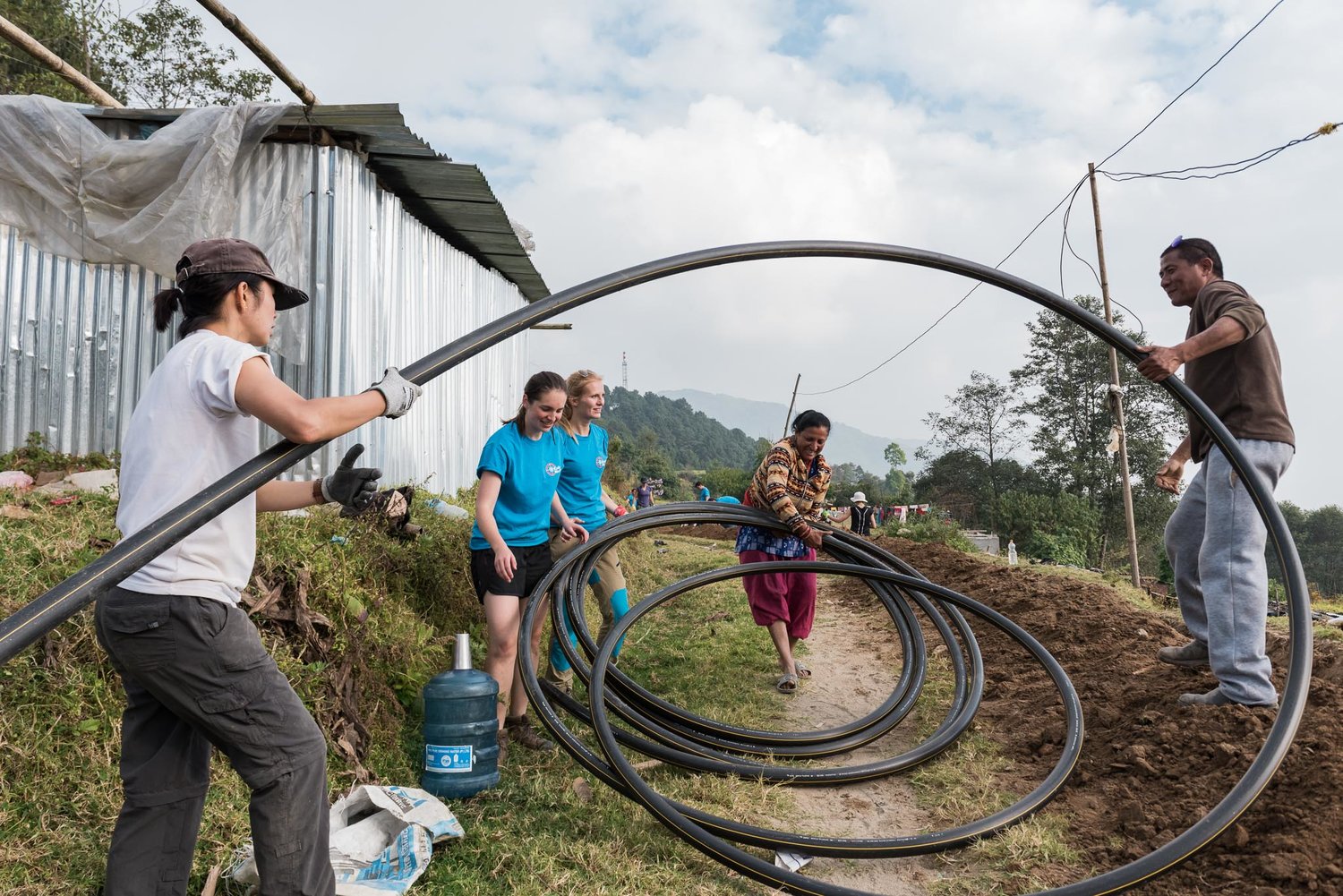 Captured by David Altabev
Captured by David Altabev
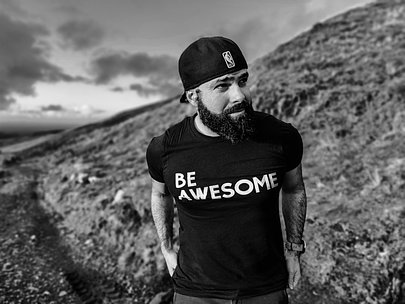
AUTHOR
Nick Kershaw
Nick is the founder of Impact Marathons. He is deeply involved in all the elements of what we do: from epic trail race delivery, to impact projects, to regenerative travel. He holds a Masters in International Development from SOAS, University of London and is obsessive in learning how to genuinely create a positive impact in the world.
Related posts

Tue 10 Sep 2024 • Liza Kershaw
Introducing Commit to Impact: What You Need to Know
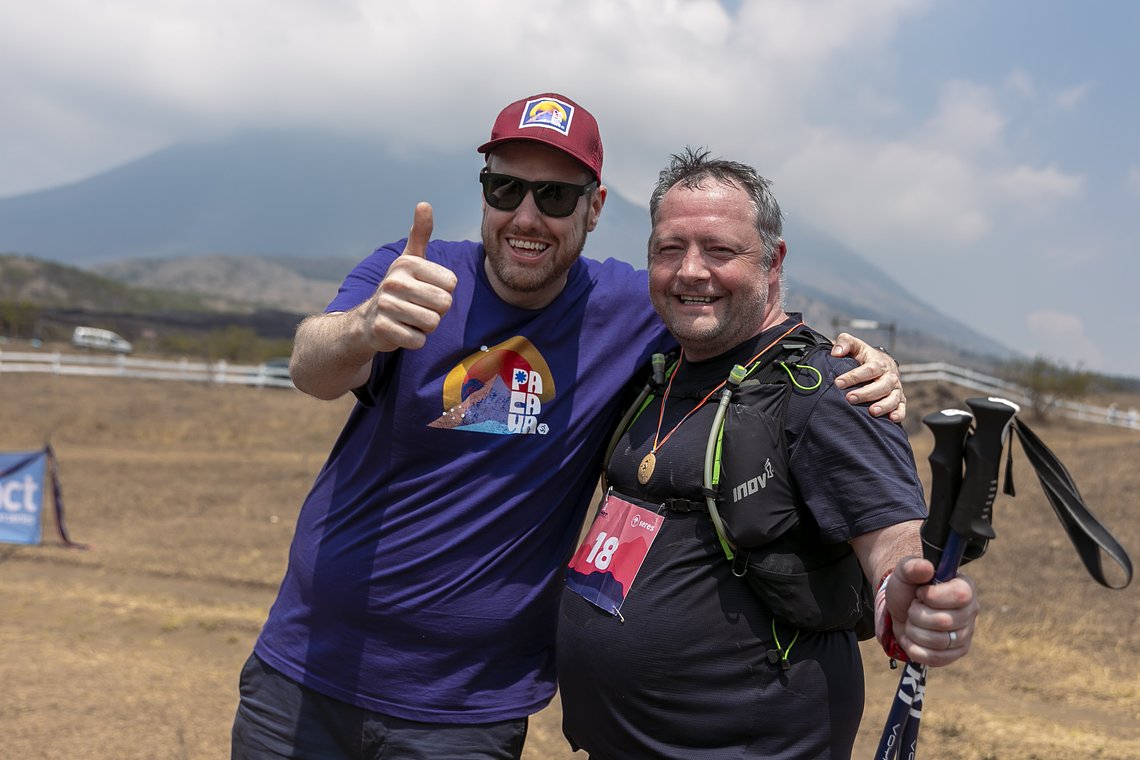
Tue 13 Aug 2024 • Liza Kershaw
The heartbeat of Impact: stories of connection and unity at Impact Marathon
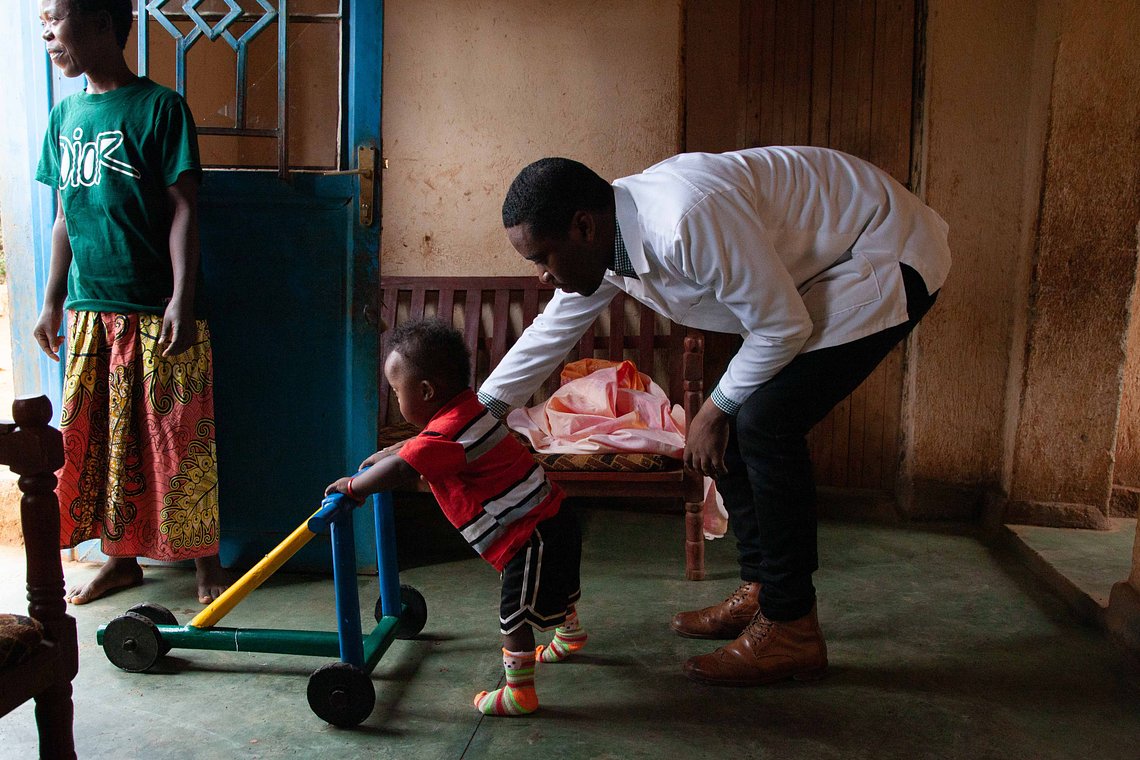
Tue 16 Apr 2024 • Liza Kershaw
fundraising: london marathon to impact marathon
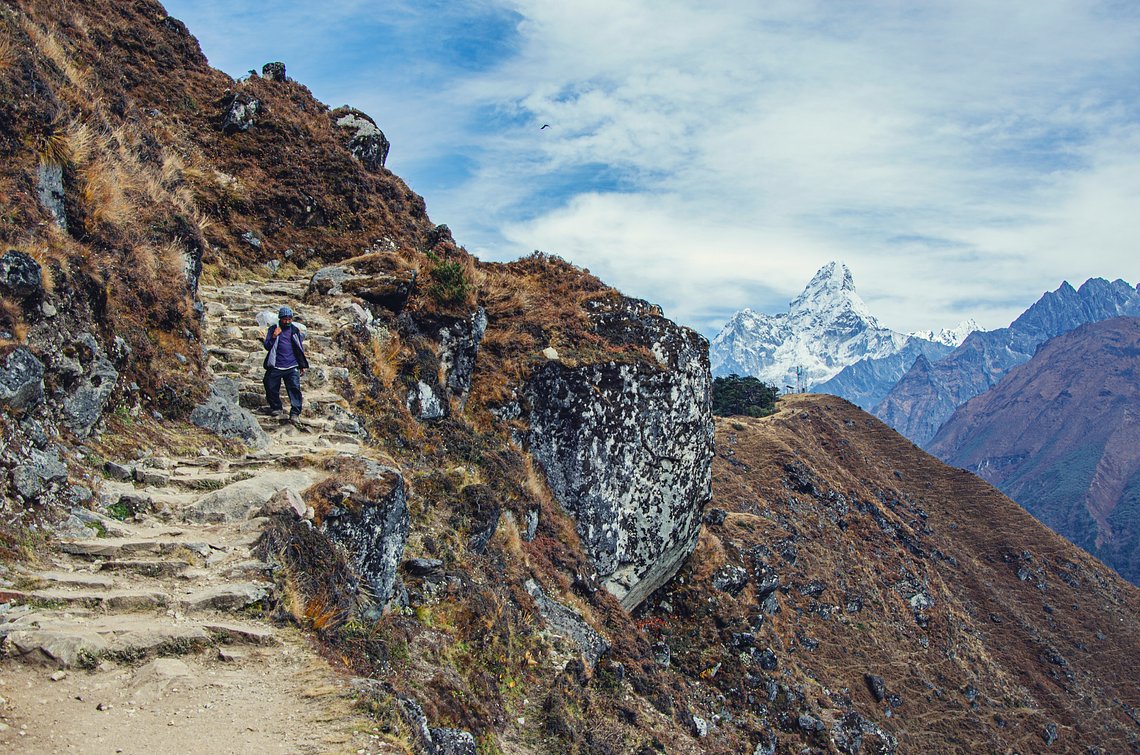
Tue 16 Apr 2024 • Liza Kershaw
the power within
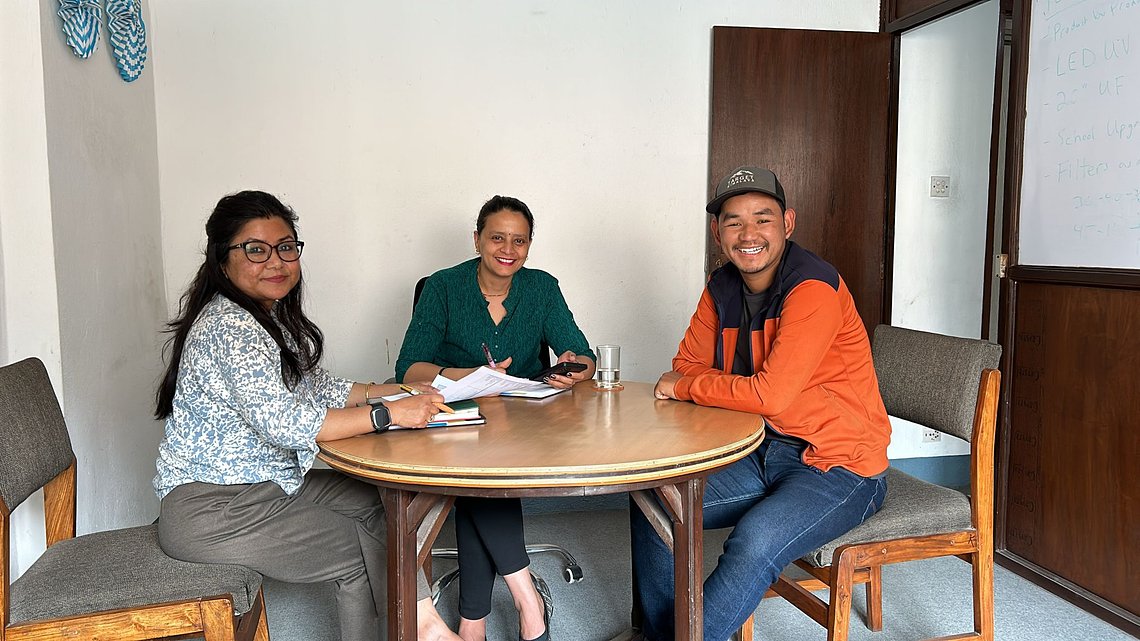
Mon 15 Apr 2024 • Nick Kershaw
beyond the finish line: sustaining impact between marathon events
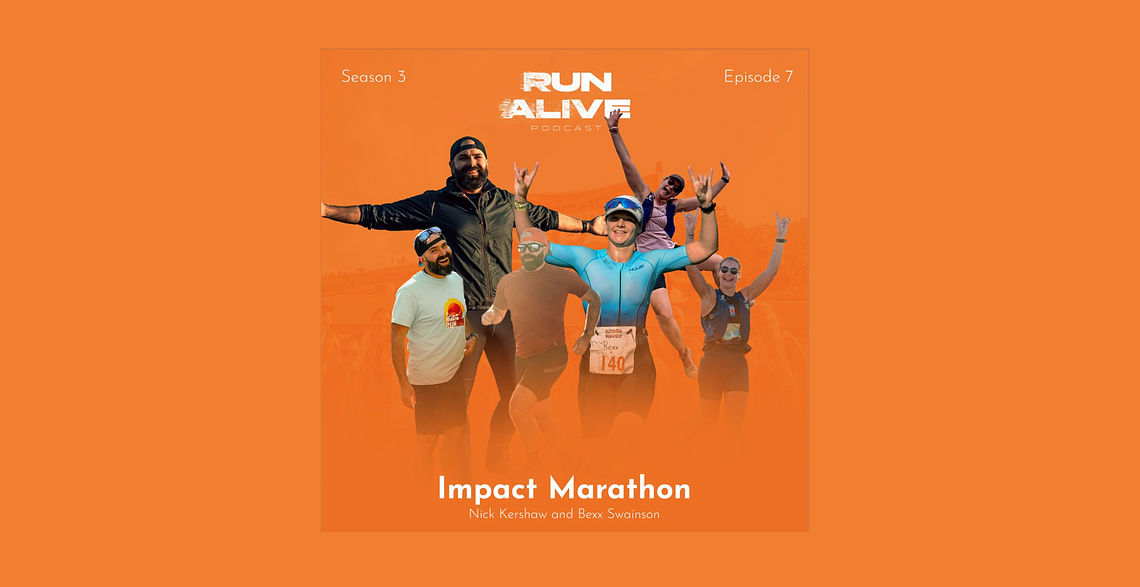
Tue 9 Apr 2024 • Liza Kershaw
run alive: hear from an impact runner
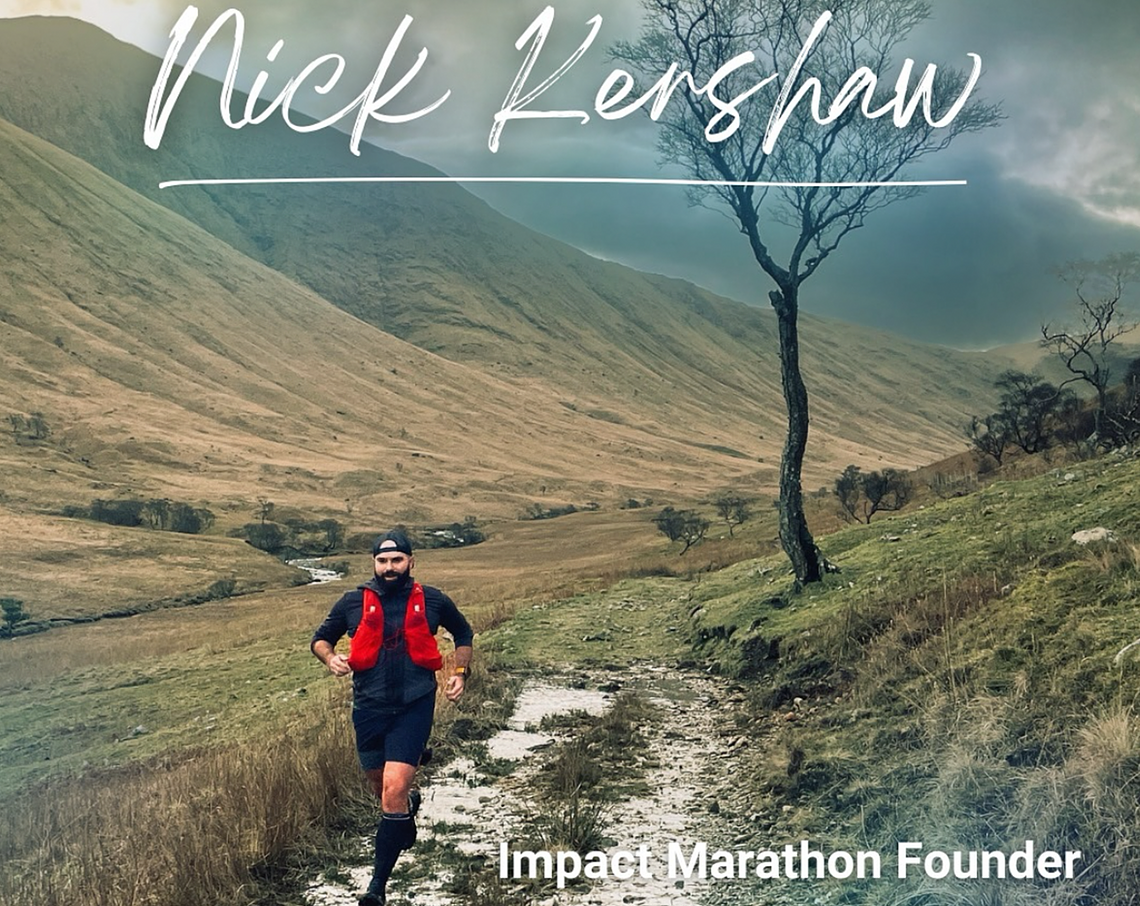
Tue 26 Mar 2024 • Liza Kershaw
inspired soles: Nick Kershaw | impact marathon founder
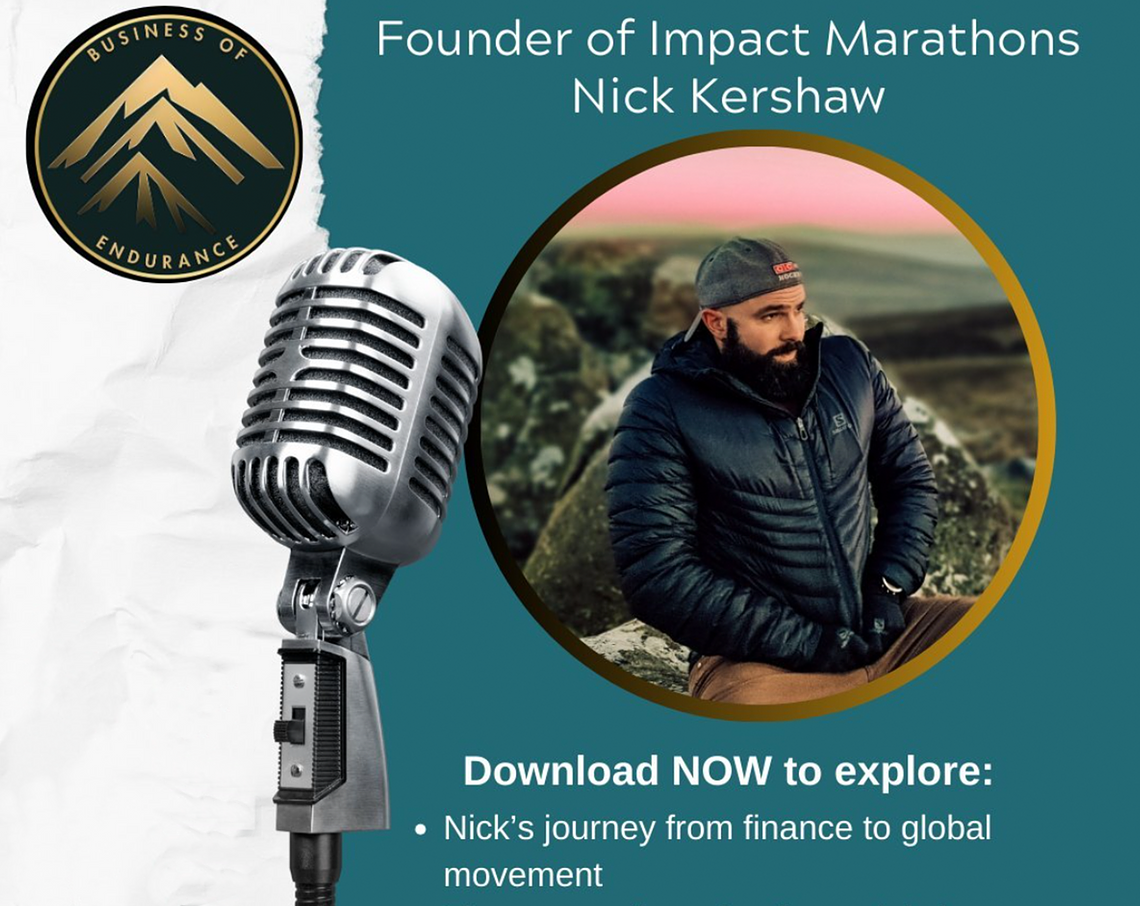
Tue 26 Mar 2024 • Liza Kershaw
business of endurance: the transformative impact of community-driven marathon events
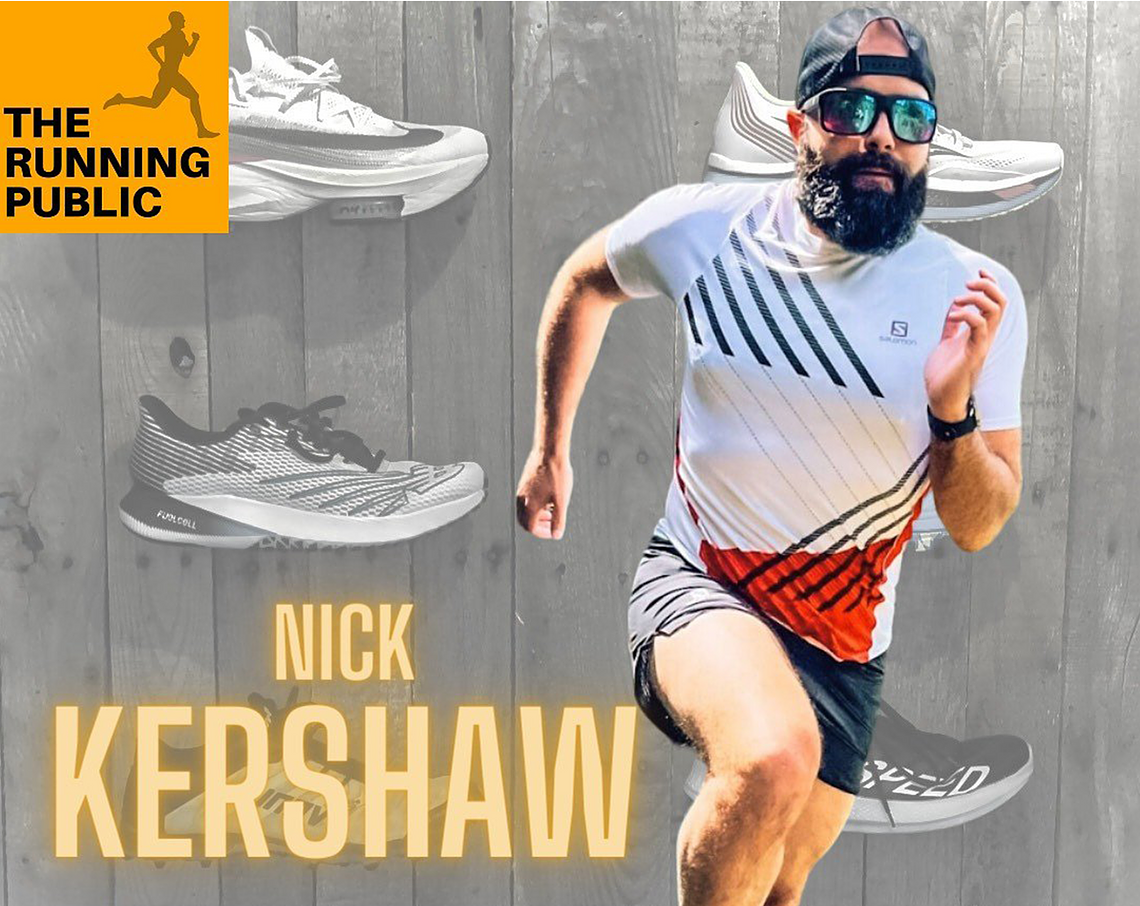
Tue 26 Mar 2024 • Liza Kershaw
the running public: interview with founder, Nick Kershaw
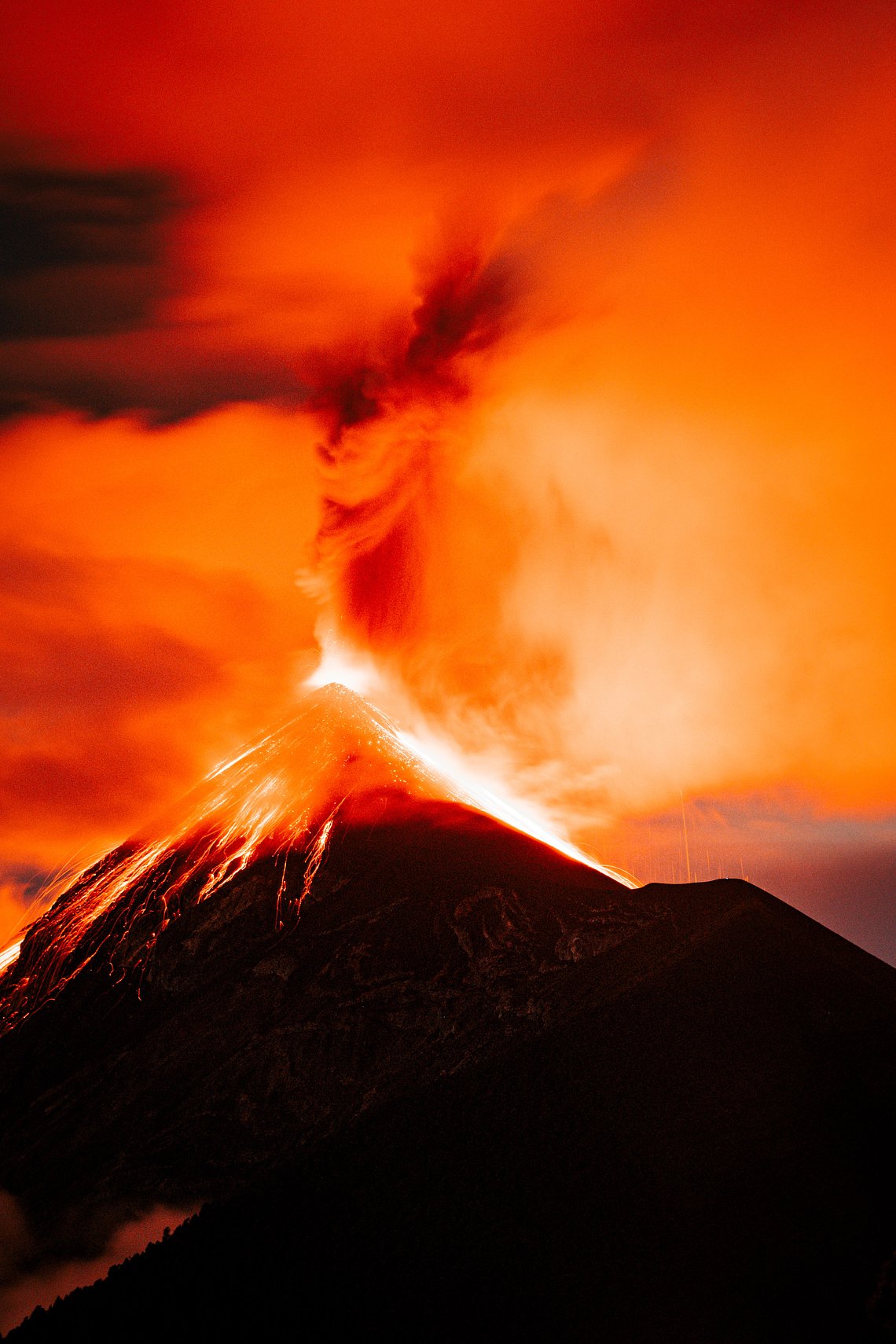
Mon 18 Mar 2024 • Nick Kershaw
impact stories: guatemala beyond the headlines
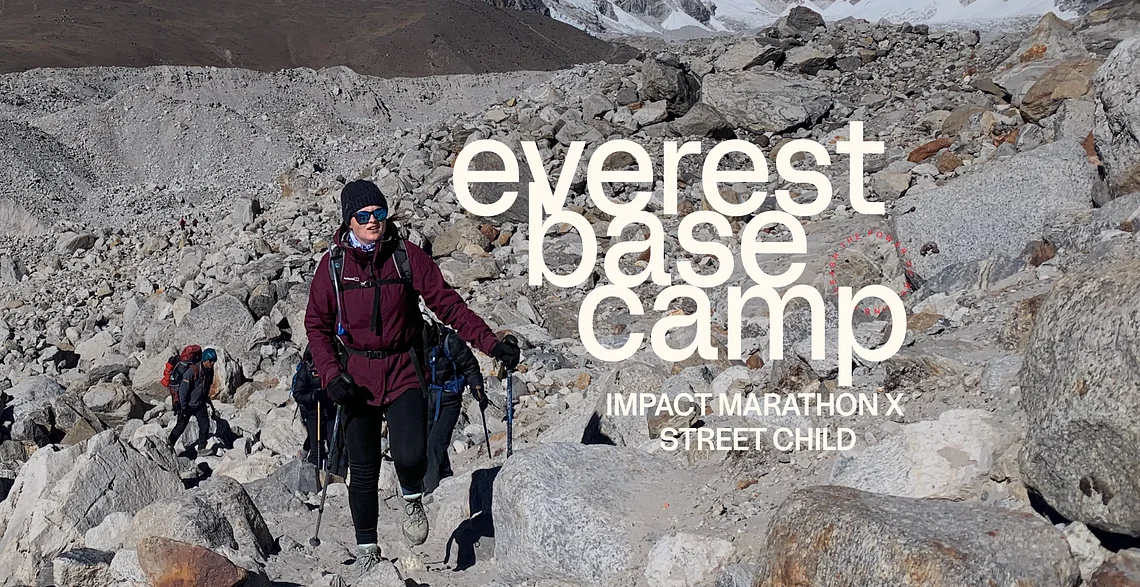
Mon 18 Mar 2024 • Nick Kershaw
Introducing Global Impact Challenges: The Next Step in the Journey of Impact Marathon
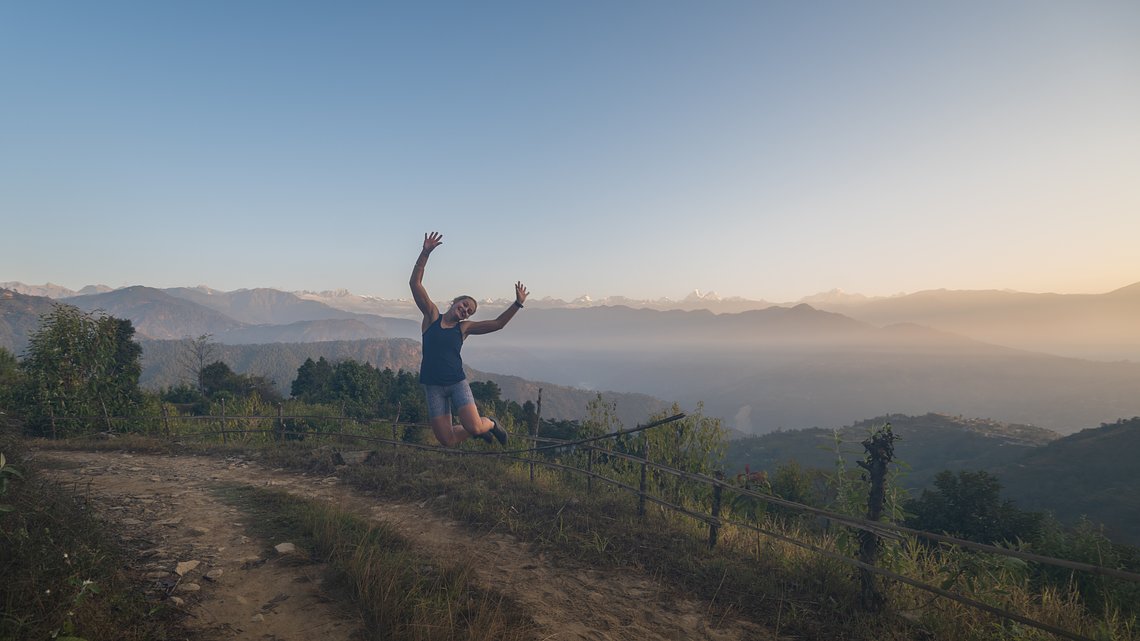
Mon 26 Feb 2024 • Liza Kershaw
impact stories: the power of unity
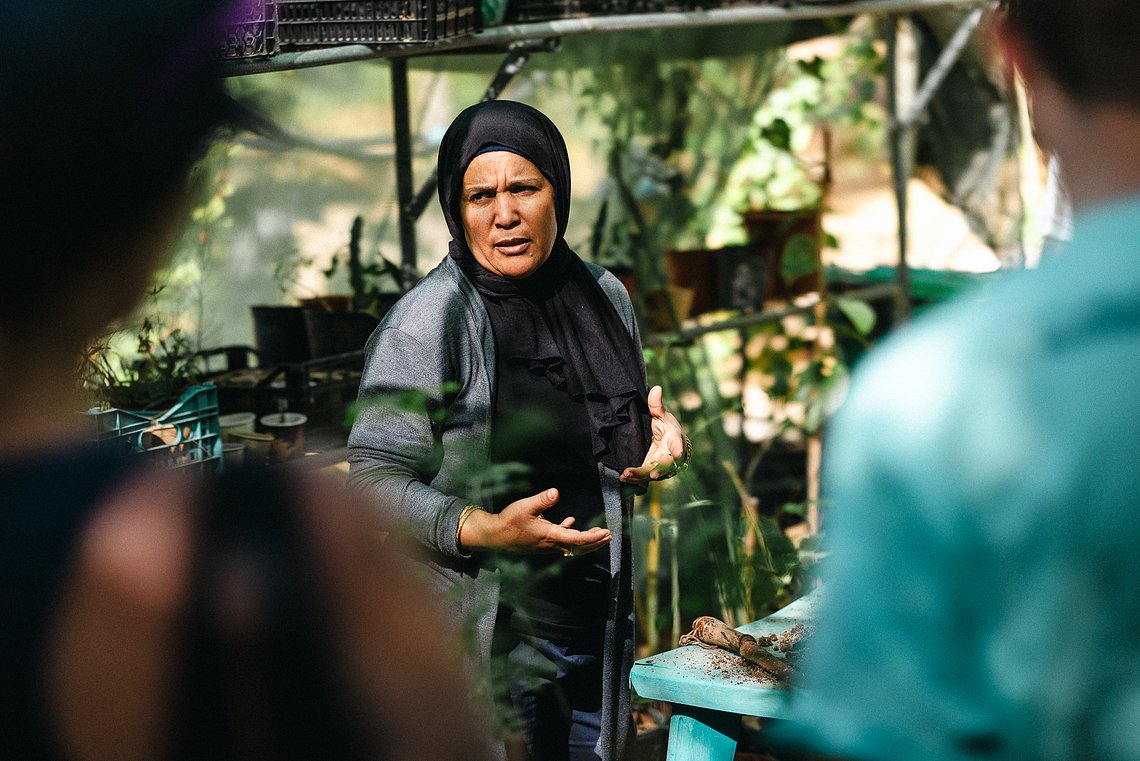
Thu 22 Feb 2024 • Liza Kershaw
impact stories - desert to oasis: the greening the desert miracle
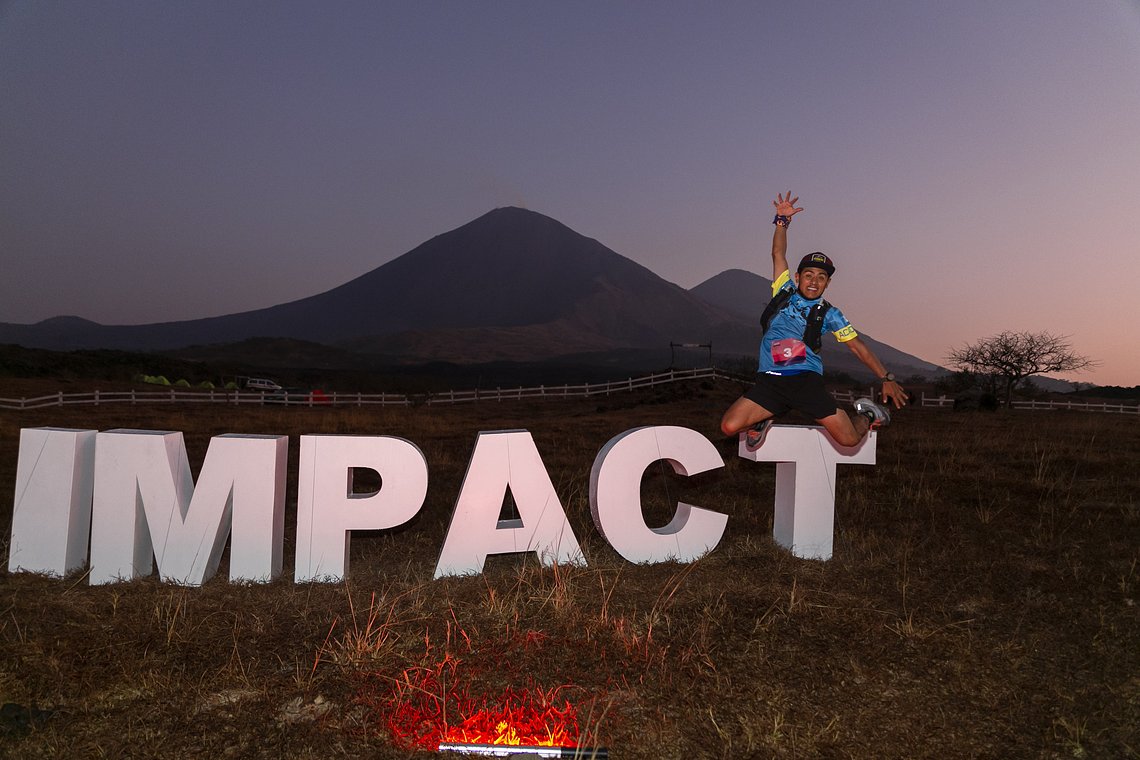
Tue 20 Feb 2024 • Liza Kershaw
2025 Guatemala Impact Marathon: A Thoughtful Stride into the Future
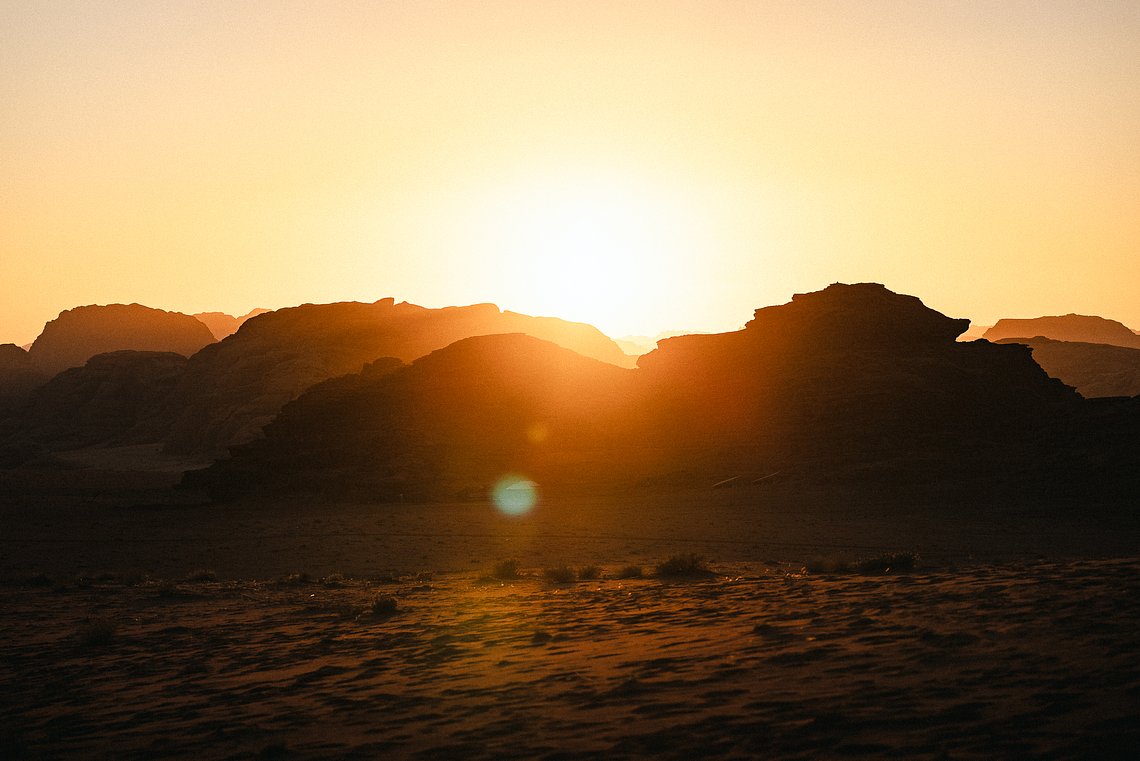
Fri 16 Feb 2024 • Liza Kershaw
impact stories: how to be powerful
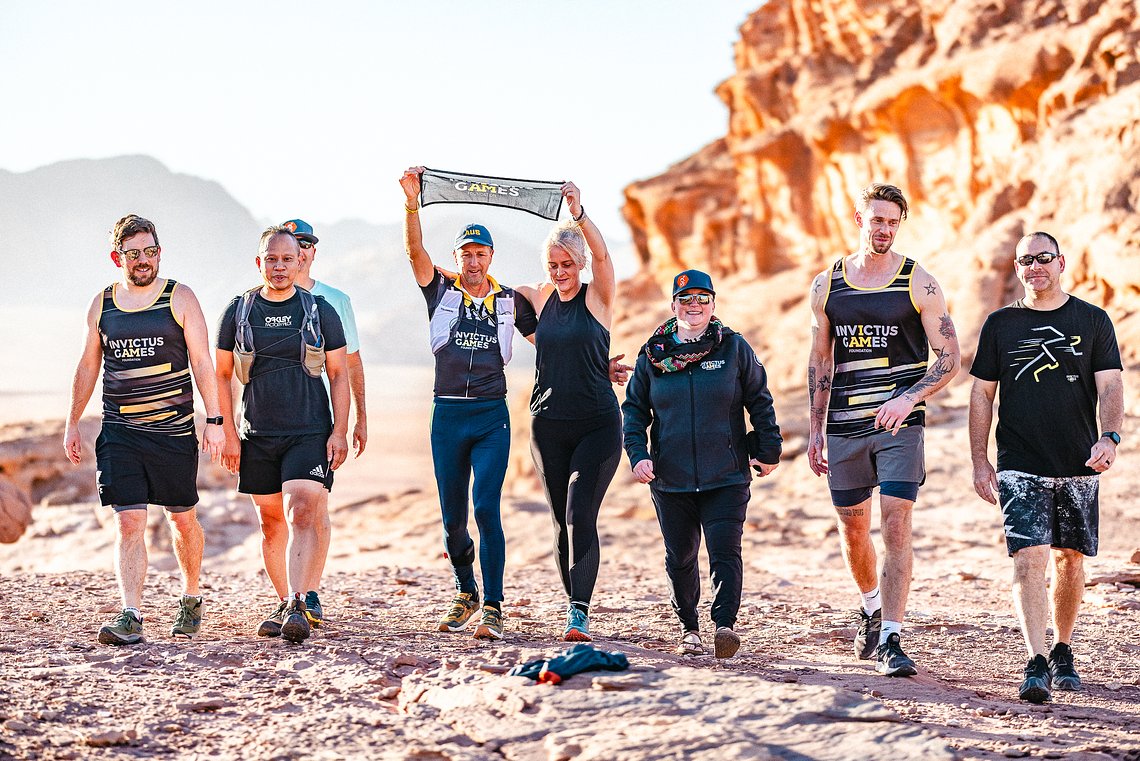
Thu 1 Feb 2024 • Nick Kershaw
Empowering Strides: Unveiling the World’s Most Powerful Races in 2024
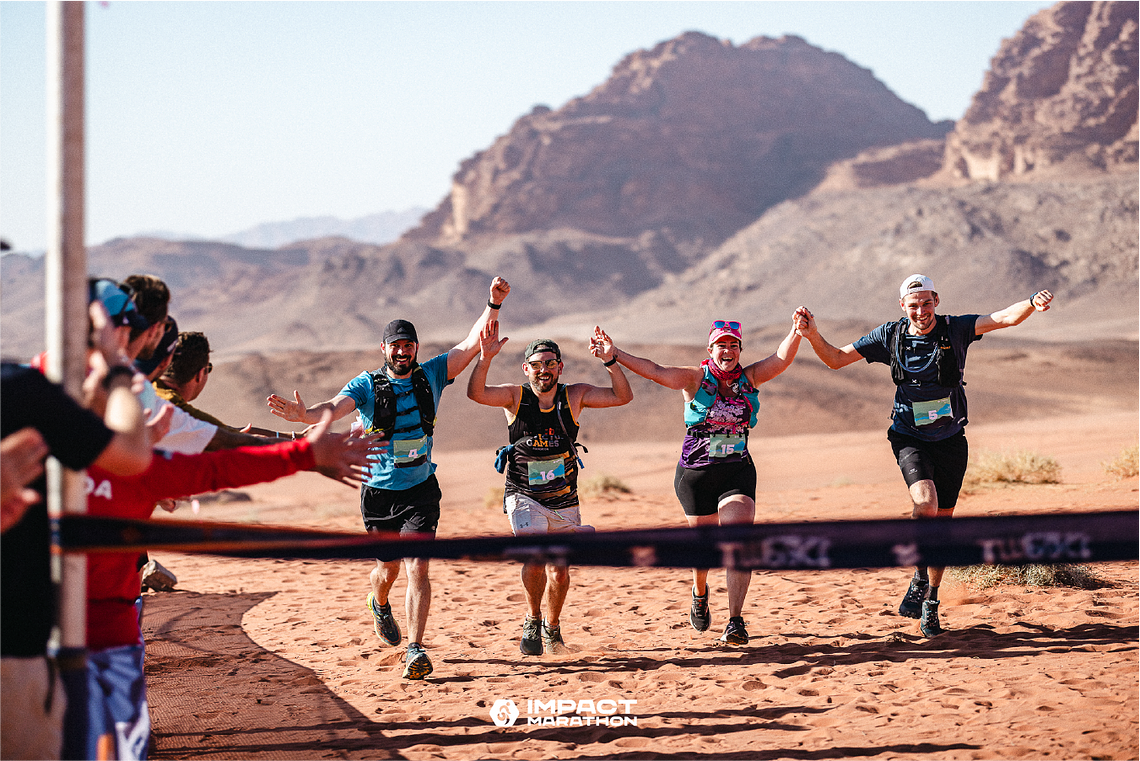
Wed 27 Dec 2023 • Nick Kershaw
Echoes of Impact: A Reflective Journey Through 2023's Races and Beyond
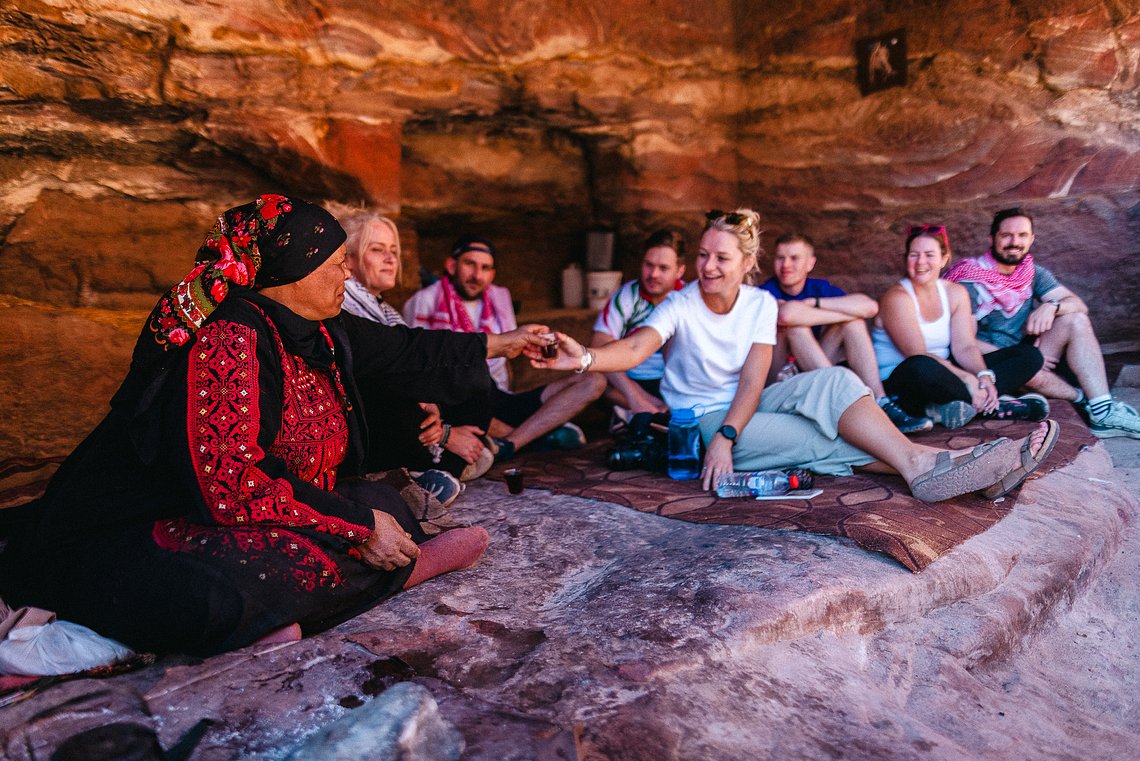
Thu 14 Dec 2023 • Nick Kershaw
Petra Reimagined: A Testament to Resilience and Solidarity with Impact Marathon
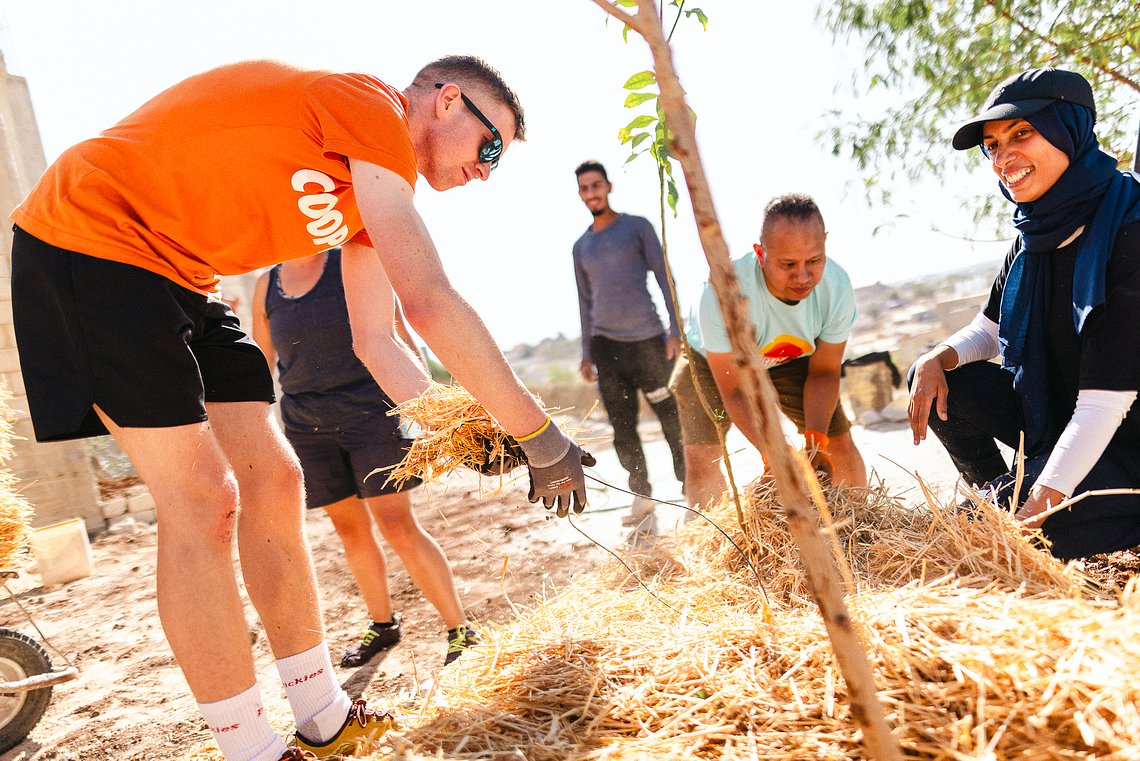
Thu 7 Dec 2023 • Nick Kershaw
Turn a desert green? That's Impossible!
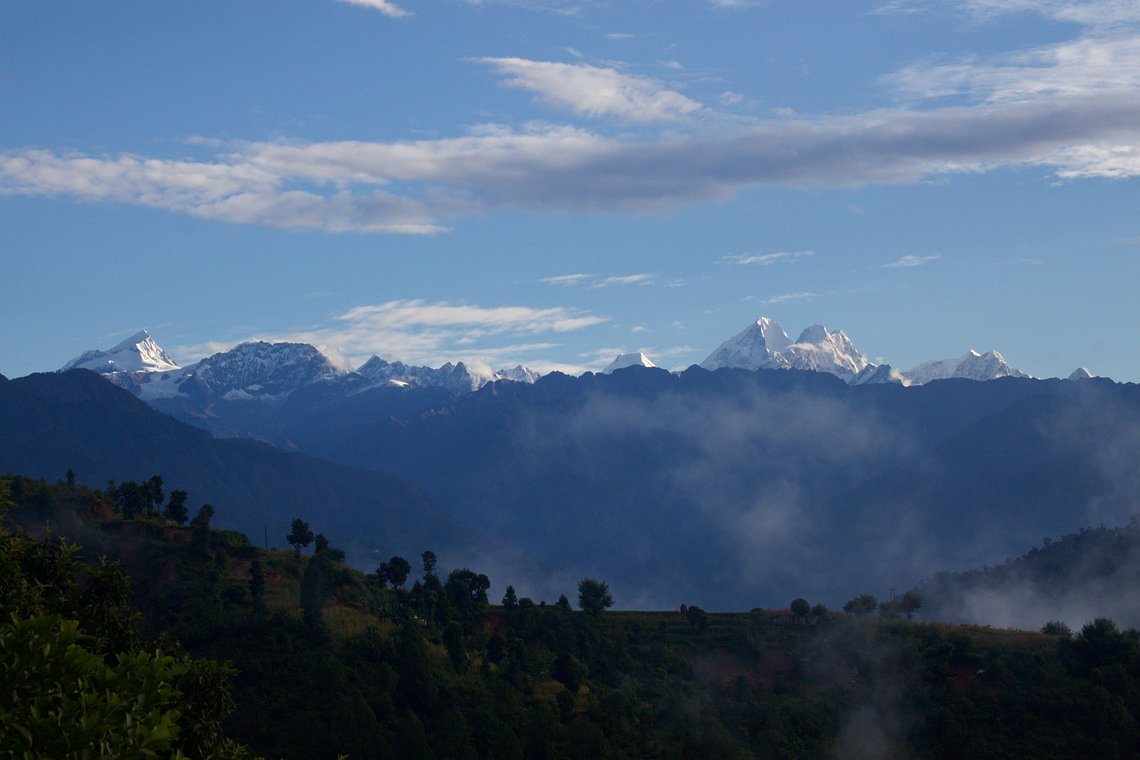
Tue 24 Oct 2023 • Liza Kershaw
PODCAST: The Crevasse
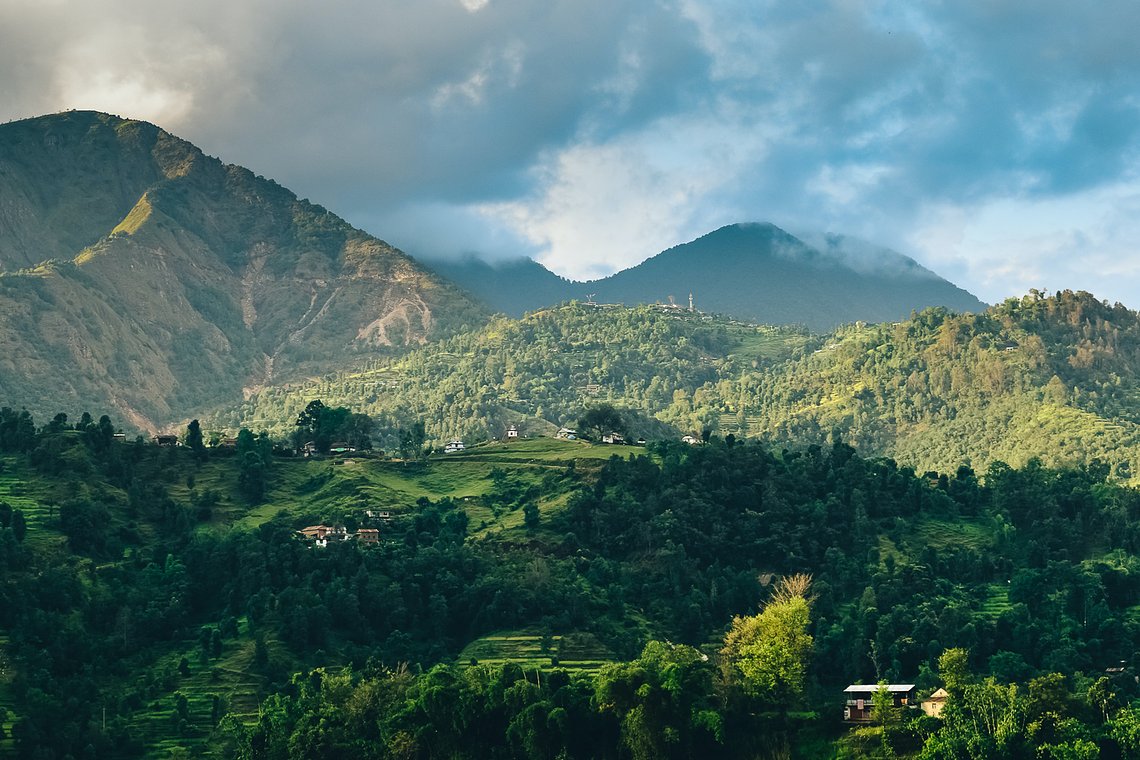
Mon 23 Oct 2023 • Liza Kershaw
PODCAST: From Turning Points to Learning Points
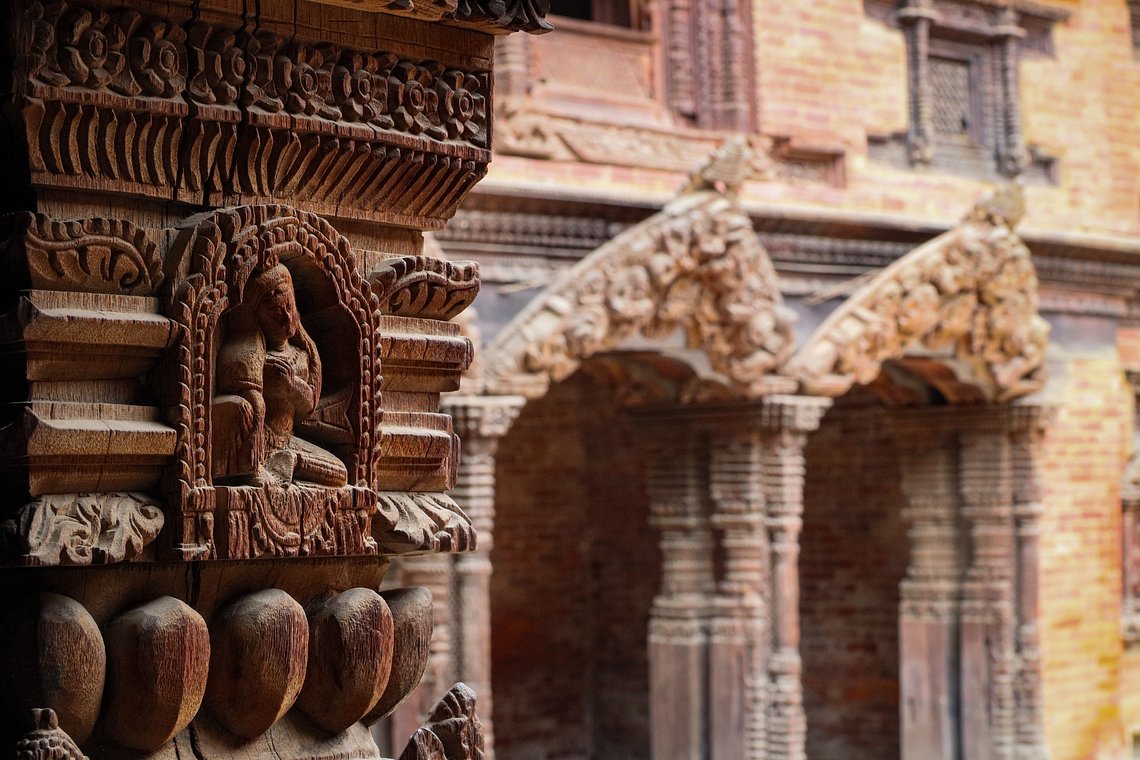
Sat 21 Oct 2023 • Liza Kershaw
PODCAST: How Just ONE Meeting Changes Everything
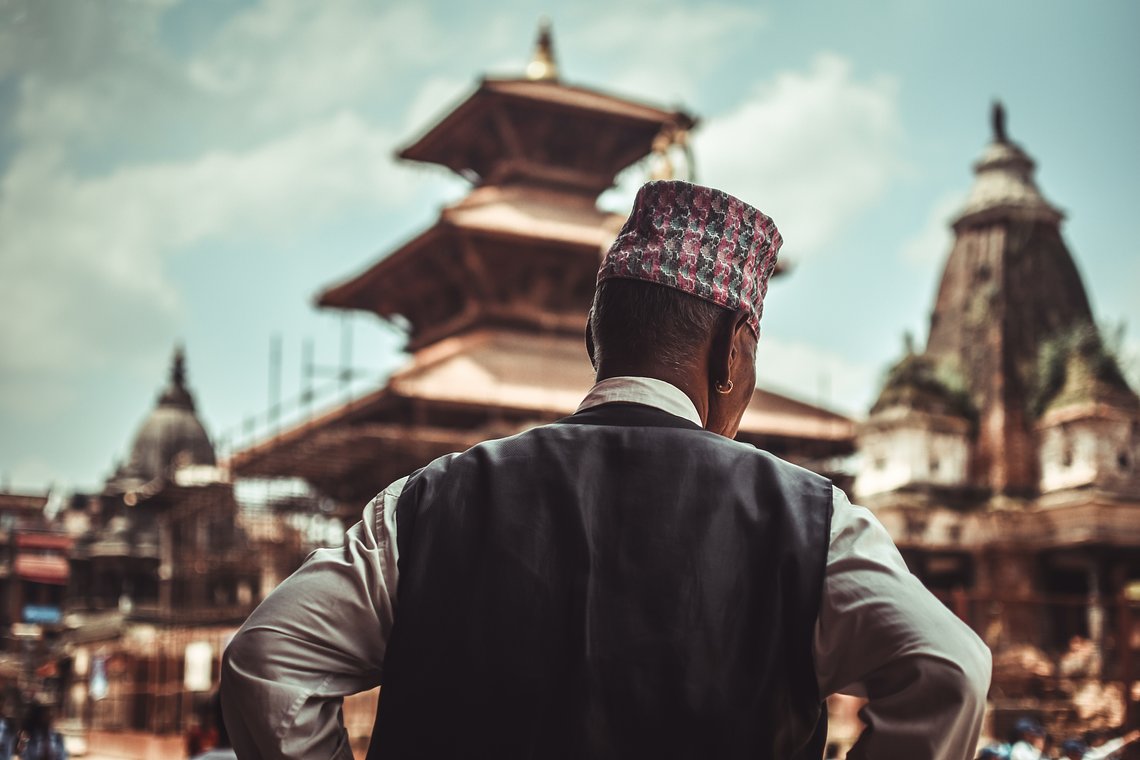
Fri 20 Oct 2023 • Liza Kershaw
PODCAST: Starting from Zero in Kathmandu
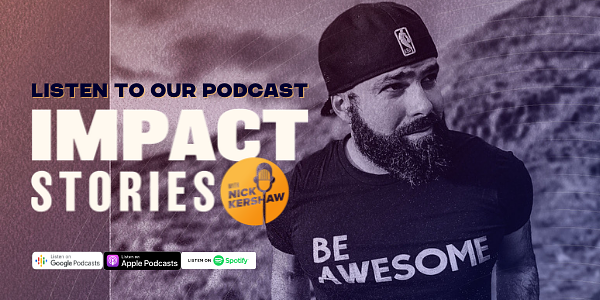
Thu 19 Oct 2023 • Liza Kershaw
PODCAST: The Unfolding Origin of Impact Marathons
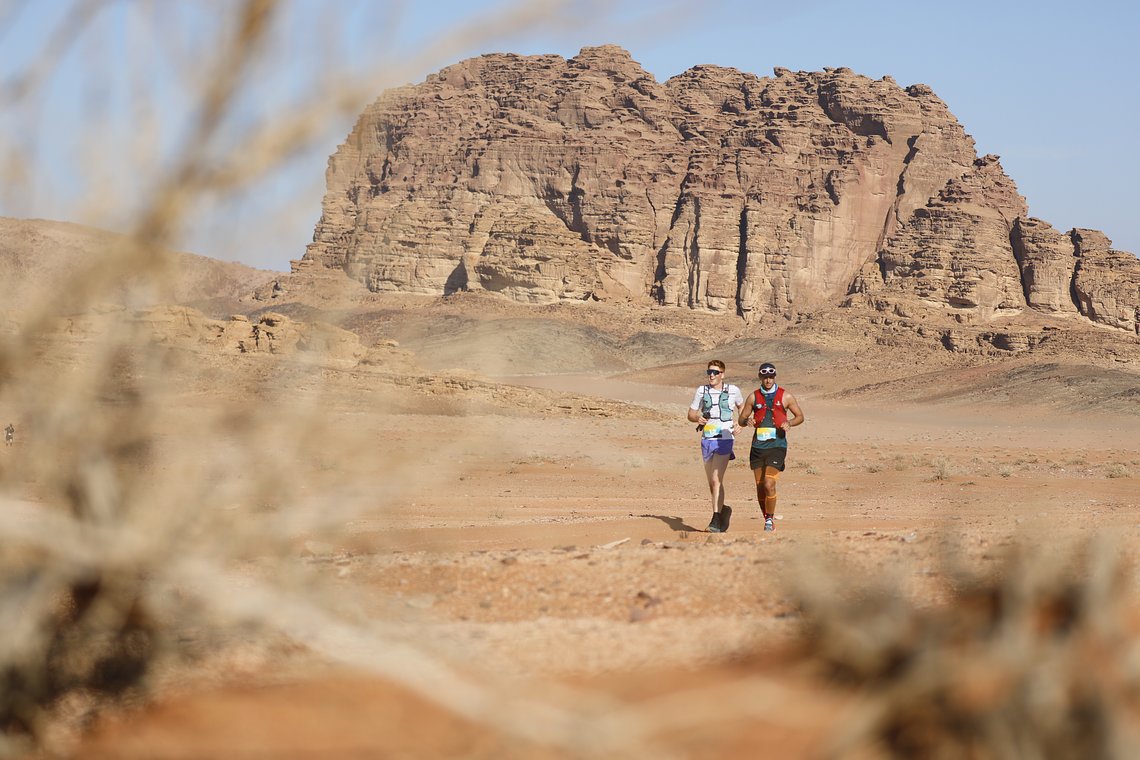
Mon 16 Oct 2023 • Nick Kershaw
A Bucket-List Marathon: Why Jordan Should Be Your Next Running Destination
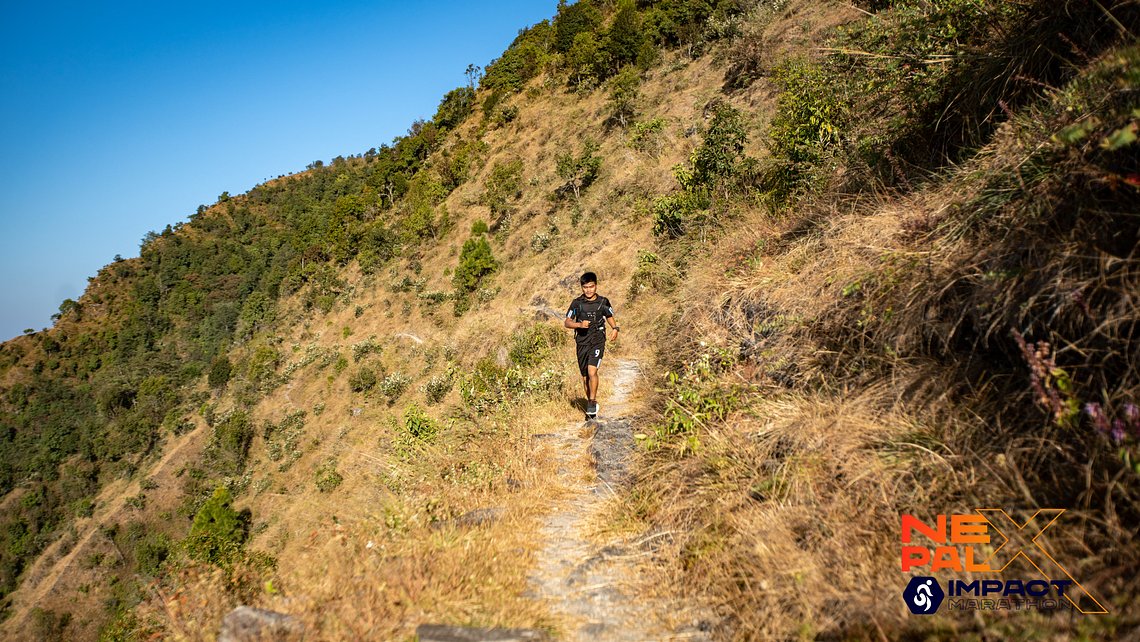
Thu 12 Oct 2023 • Nick Kershaw
5 Reasons the Nepal Impact Marathon Is More Than Just a Race
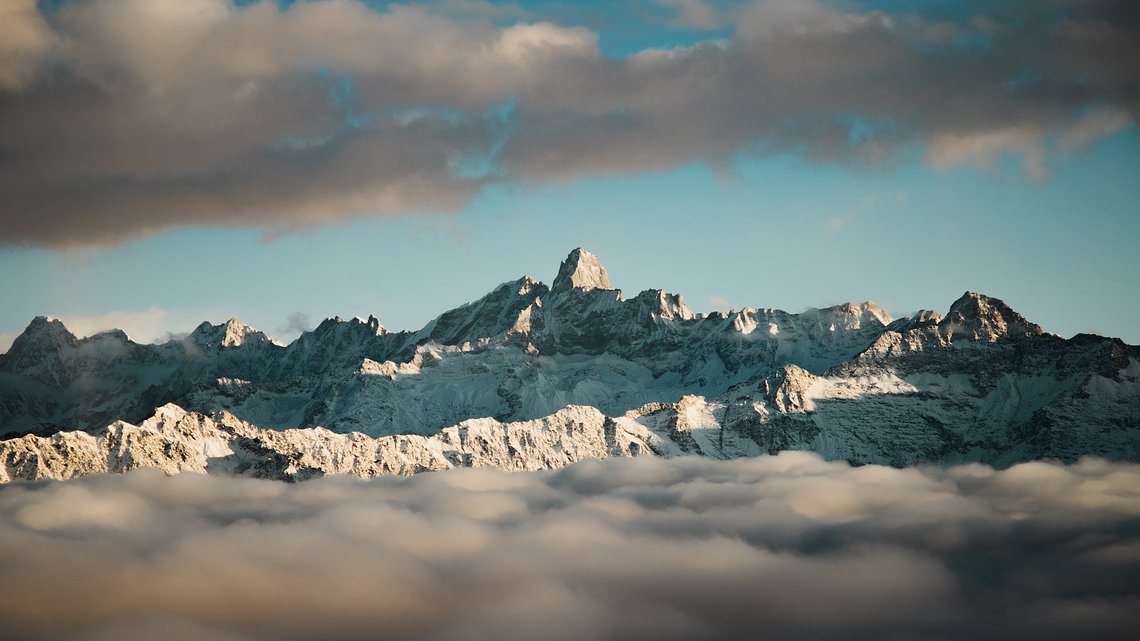
Tue 26 Sep 2023 • Nick Kershaw
Regenerative Travel and the Nepal Impact Marathon: Running for a Better World
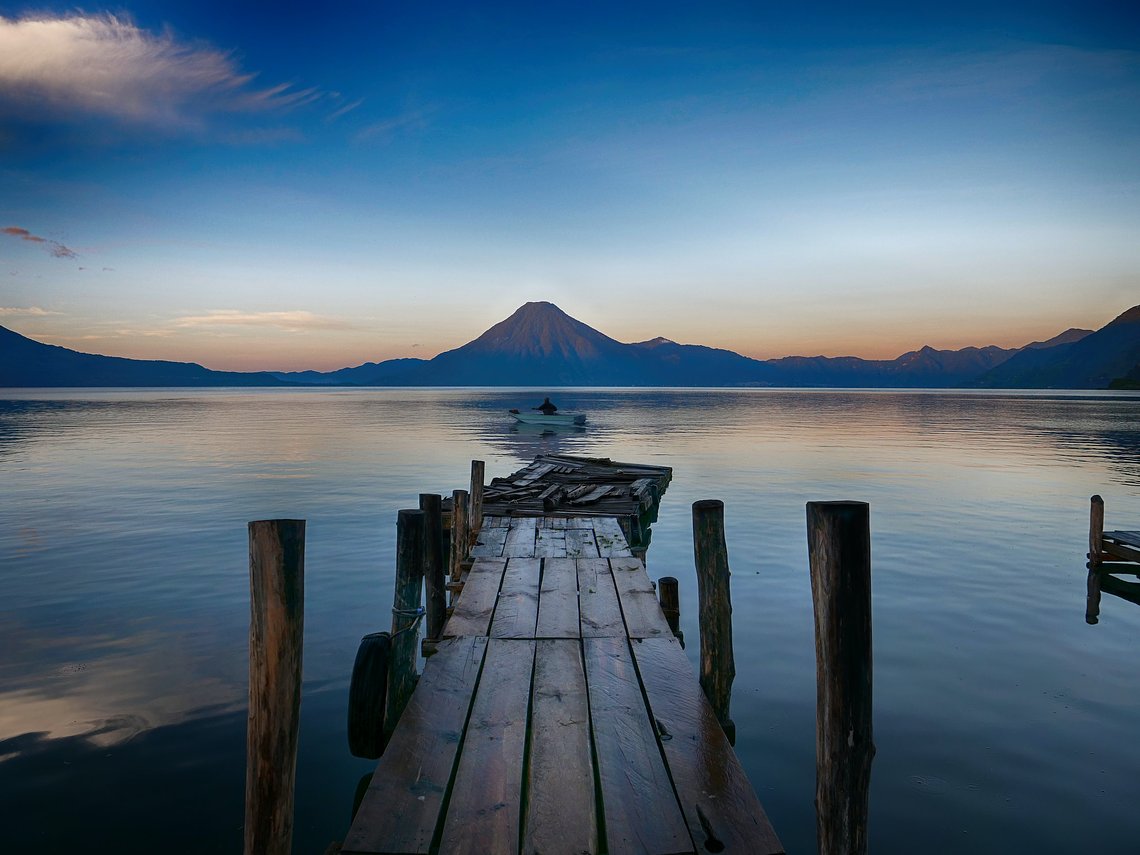
Mon 18 Sep 2023 • Nick Kershaw
Why Guatemala Is the Perfect Adventure Destination for U.S. Trail Runners
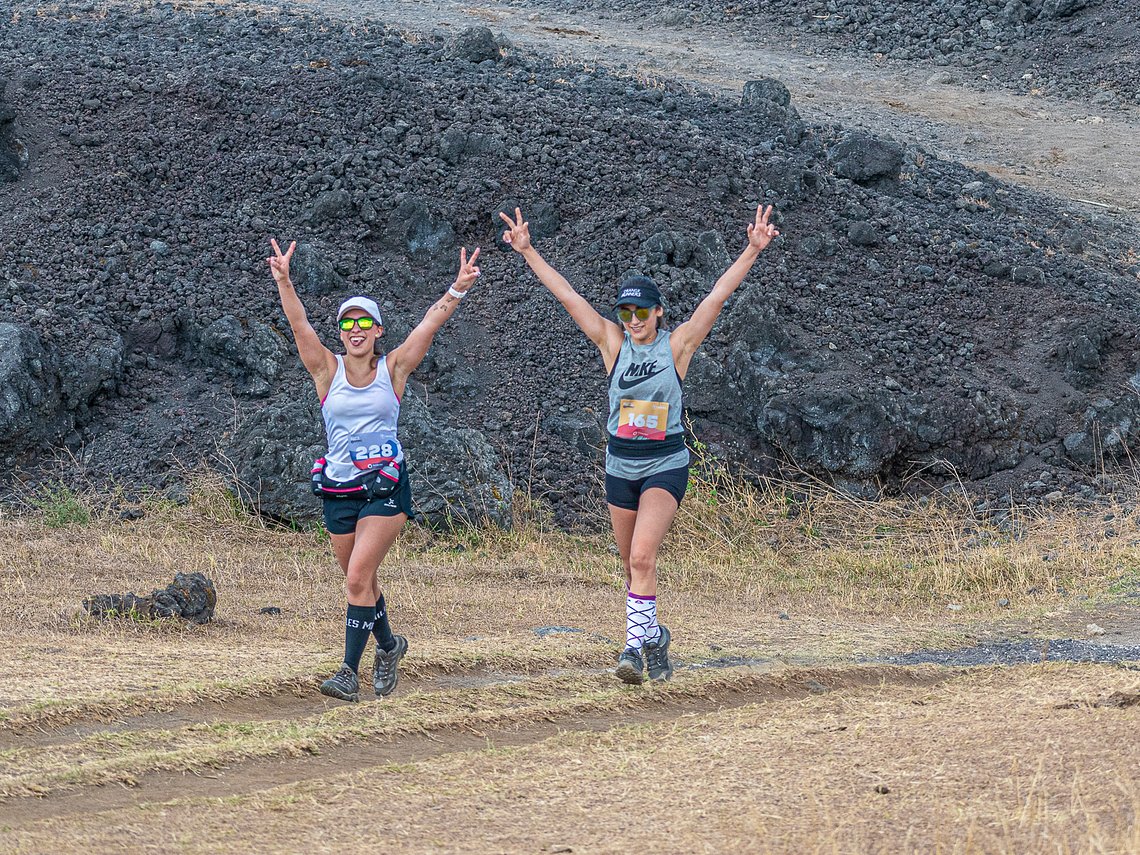
Thu 7 Sep 2023 • Nick Kershaw
Why Team Up For the Guatemala Impact Marathon?
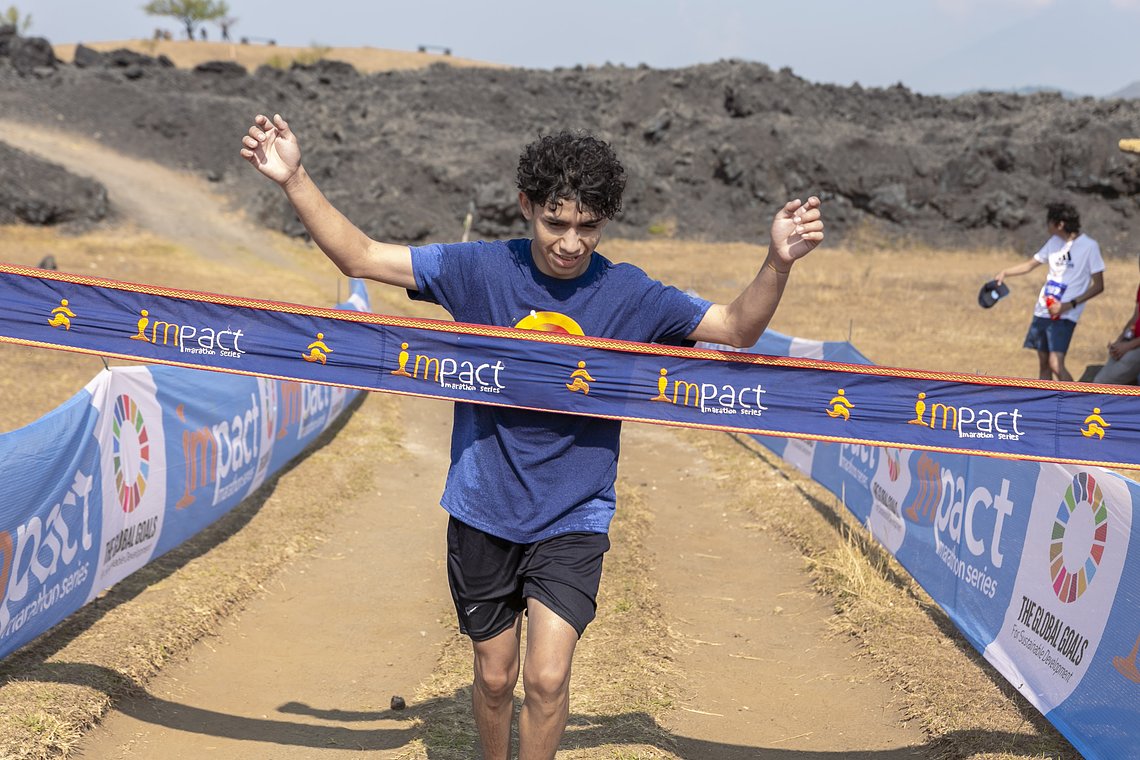
Tue 5 Sep 2023 • Nick Kershaw
Running with Purpose: The Synergistic Impact of SERES, Youth Leadership, and the Guatemala Impact Marathon
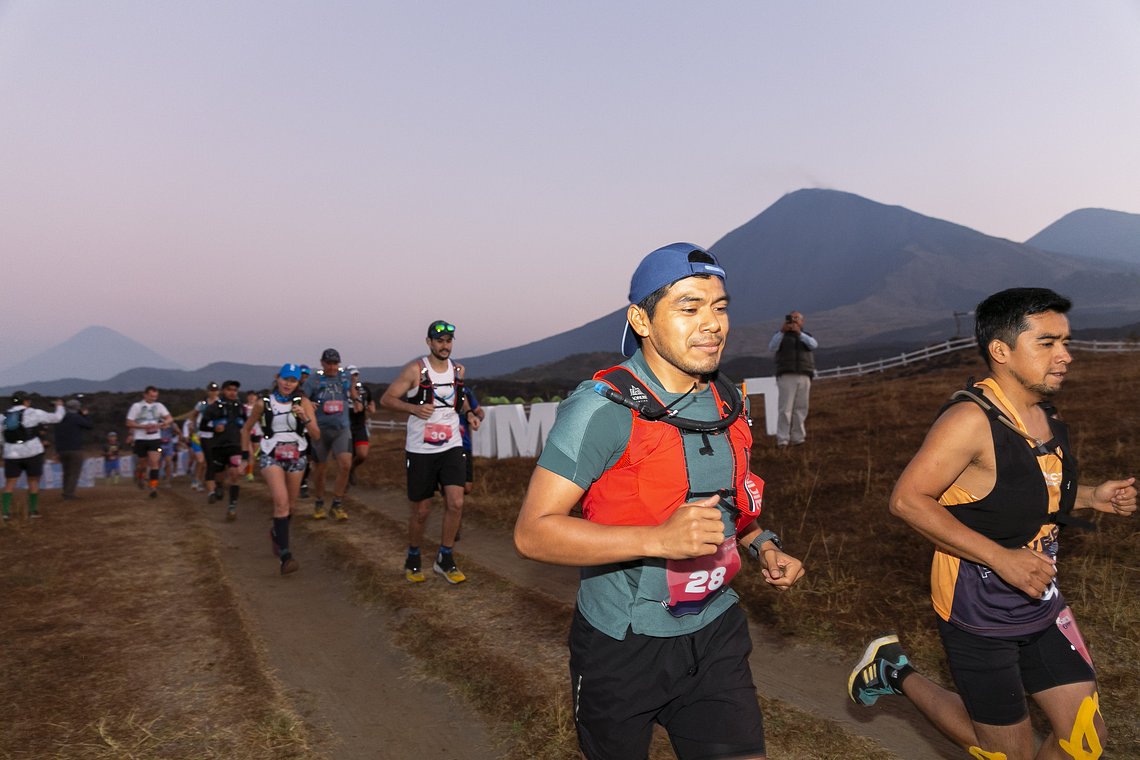
Thu 31 Aug 2023 • Nick Kershaw
Adapting to Tropical Conditions: An Evidence-Based Approach to Training for International Marathons
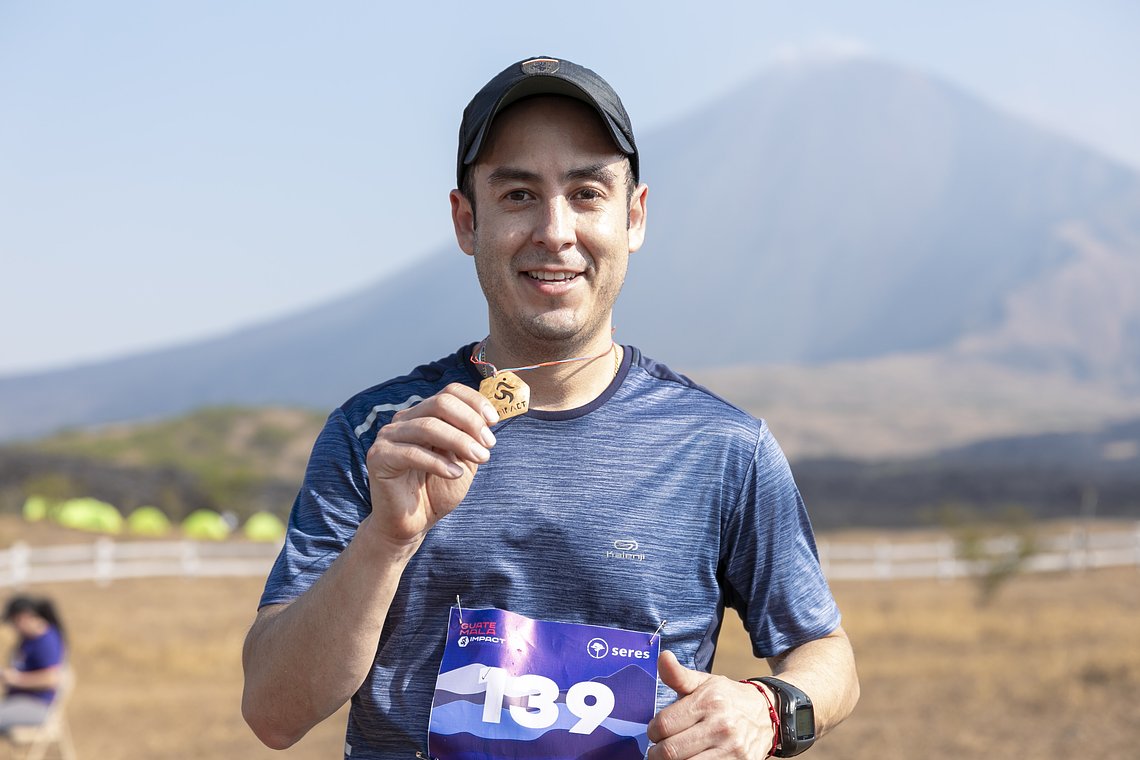
Tue 29 Aug 2023 • Nick Kershaw
A Beginner's Guide to International Marathons: Why Start with Guatemala
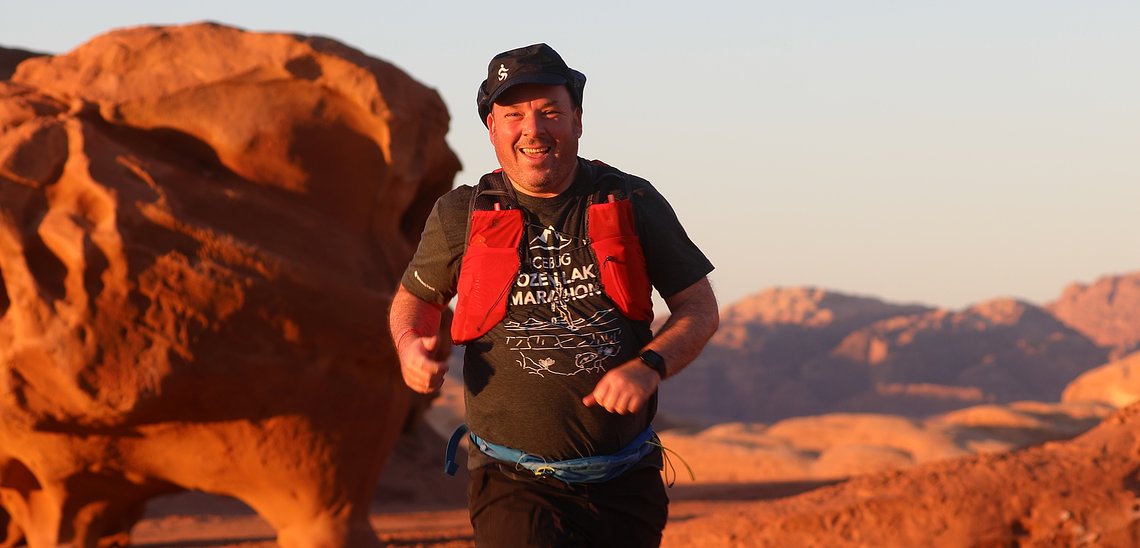
Thu 10 Aug 2023 • Nick Kershaw
Running with purpose: the Jordan Impact Marathon partners with the Invictus Games Foundation
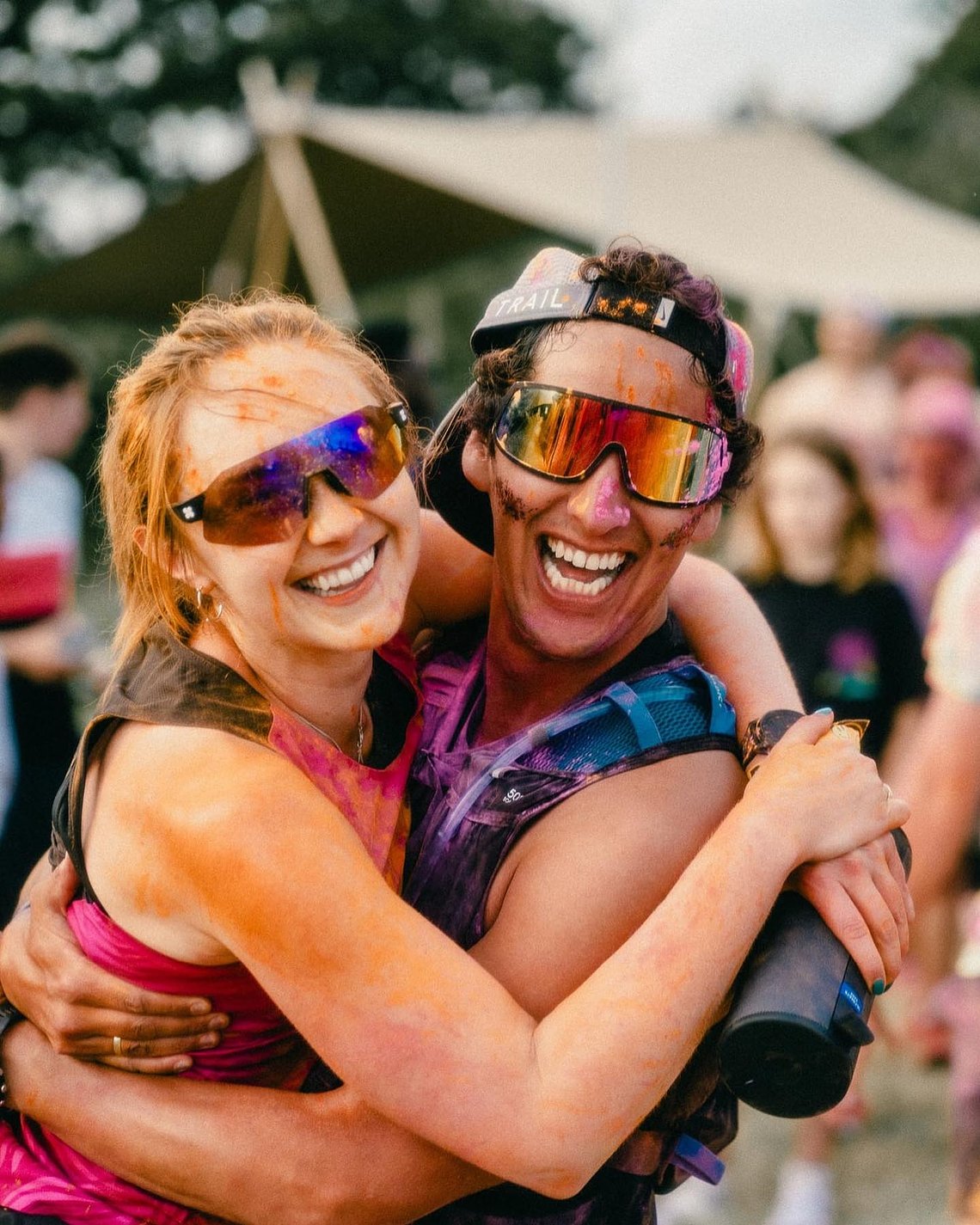
Fri 14 Jul 2023 • Nick Kershaw
Lessons from Love Trails: Celebrating Obsession with Experience Creation in the World of Running Events
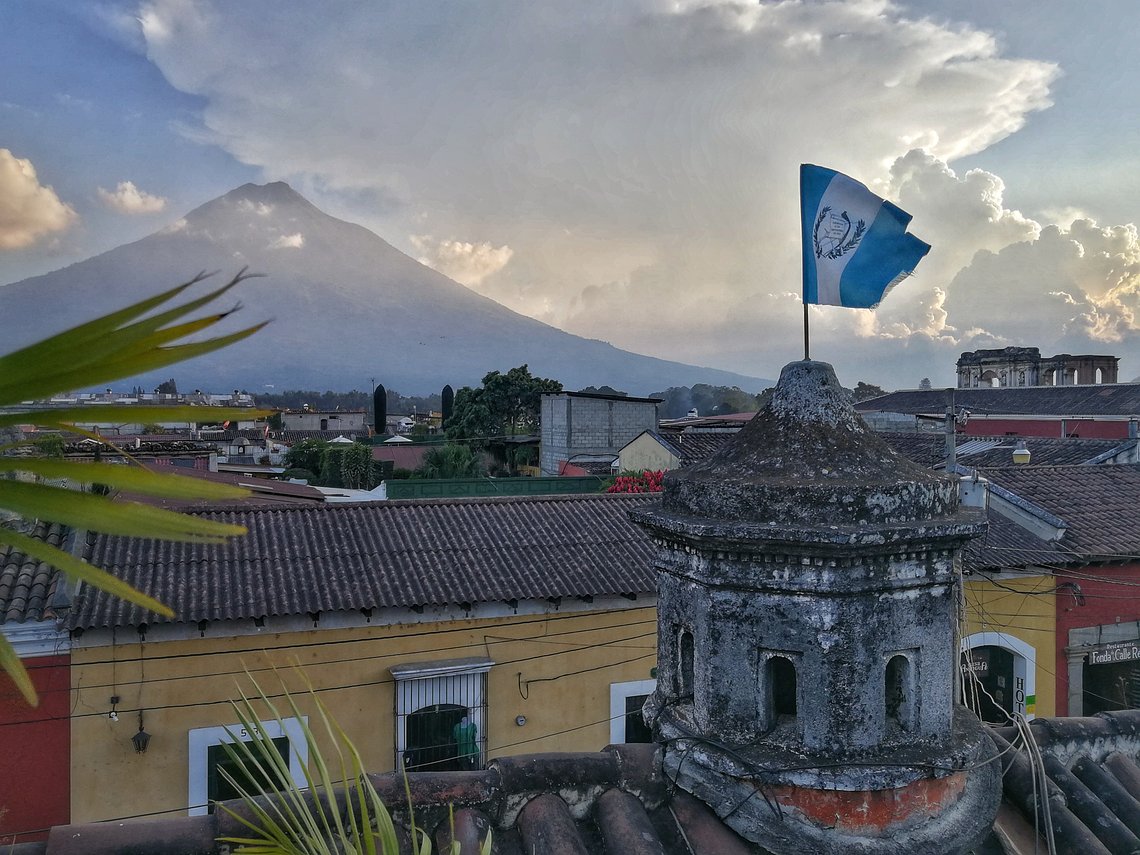
Fri 23 Jun 2023 • Nick Kershaw
Exploring the Enchanting History of Antigua: Our Home for the 7th Guatemala Impact Marathon
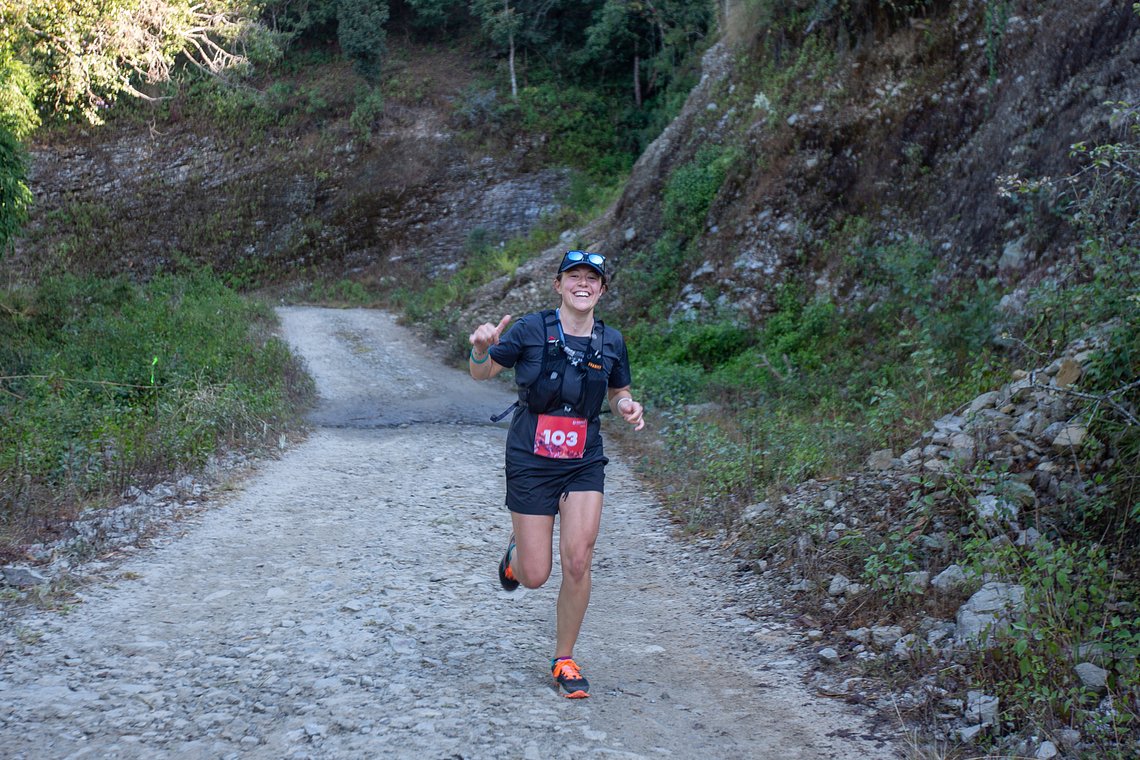
Tue 20 Jun 2023 • Nick Kershaw
Run the Extra Mile: Impact Marathons and the Journey to Social Change
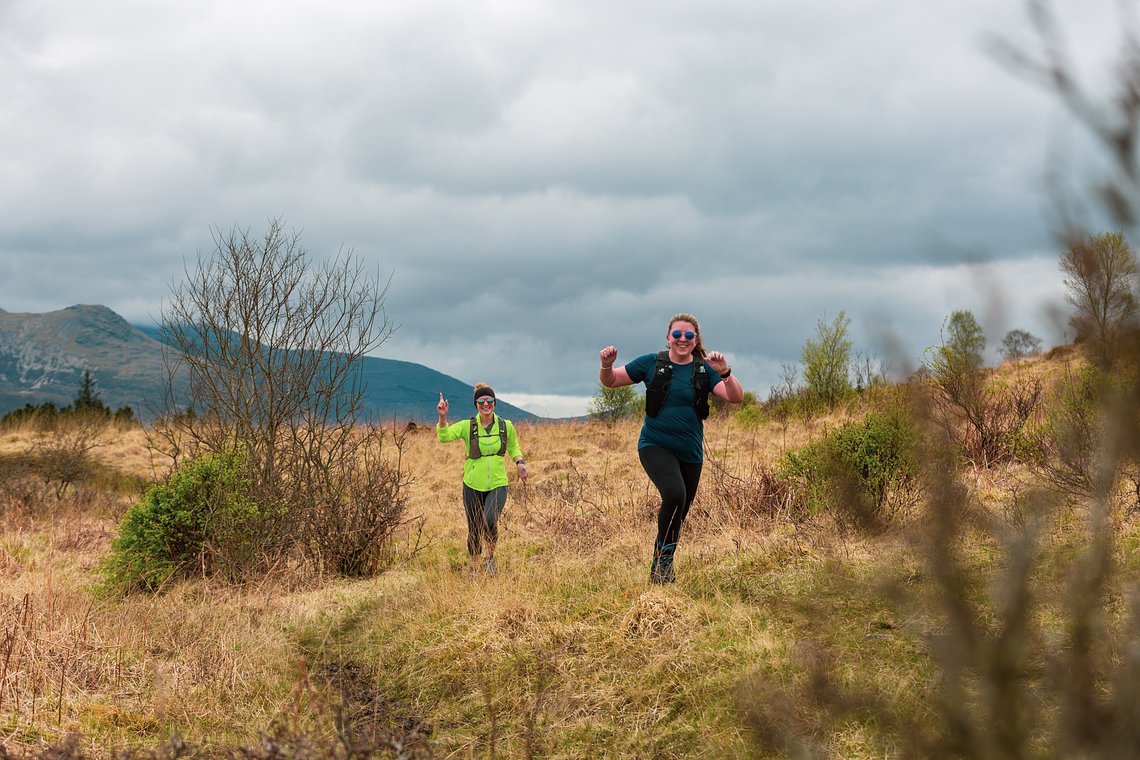
Mon 19 Jun 2023 • Nick Kershaw
Women on the start line: Integrating SheRaces into our Impact Marathons
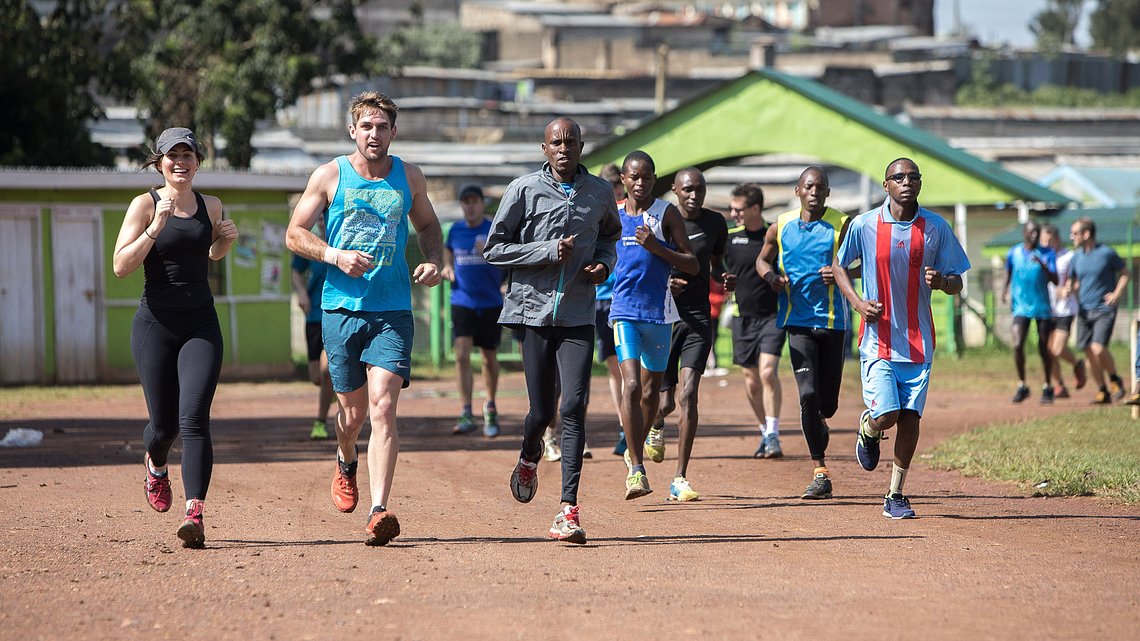
Thu 25 May 2023 • Dave Melody
Why Impact Marathons are changing the face of global charity events
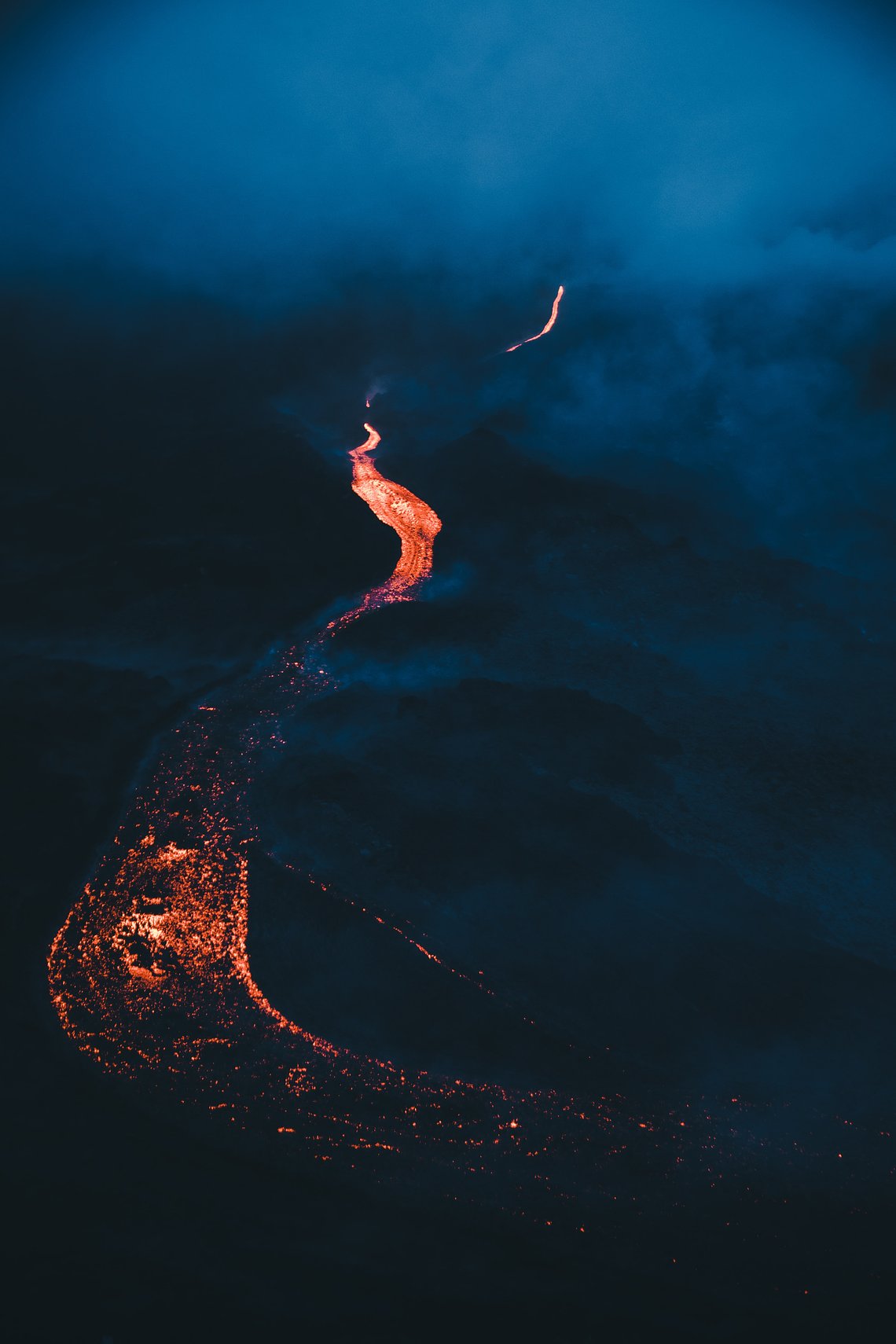
Wed 18 Jan 2023 • Nick Kershaw
ChatGPT wrote a poem about our run in Guatemala...
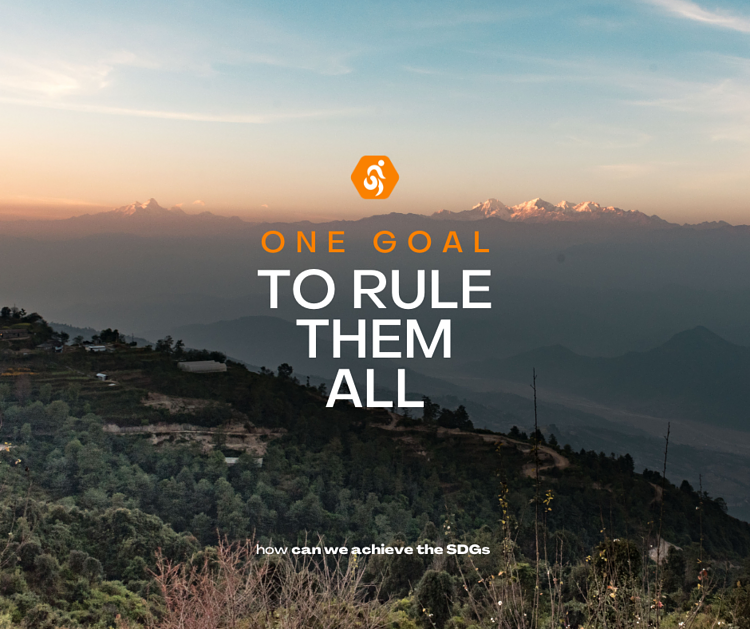
Wed 21 Jul 2021 • Nick Kershaw
One goal to rule them all : A lesson learnt in our pursuit of The Global Goals

Tue 15 Jun 2021
Dropping pebbles, investing in yourself and making an impact
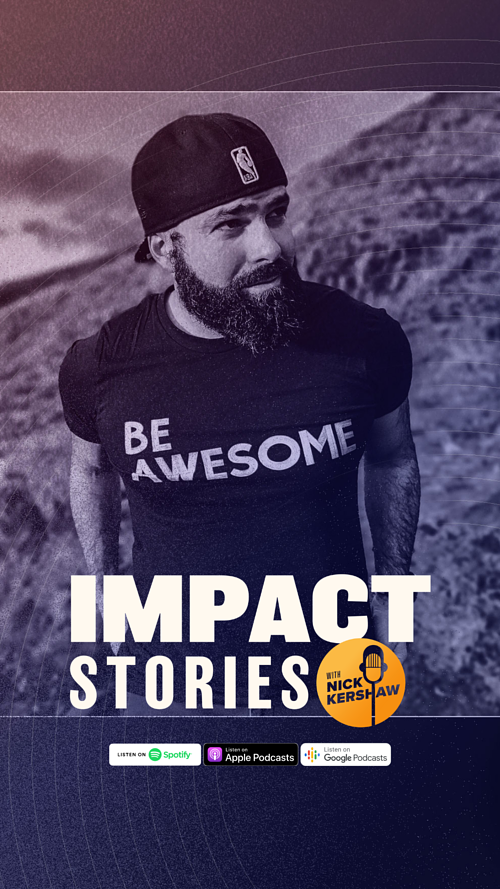
Fri 12 Feb 2021
Introducing: Impact Stories with Nick Kershaw
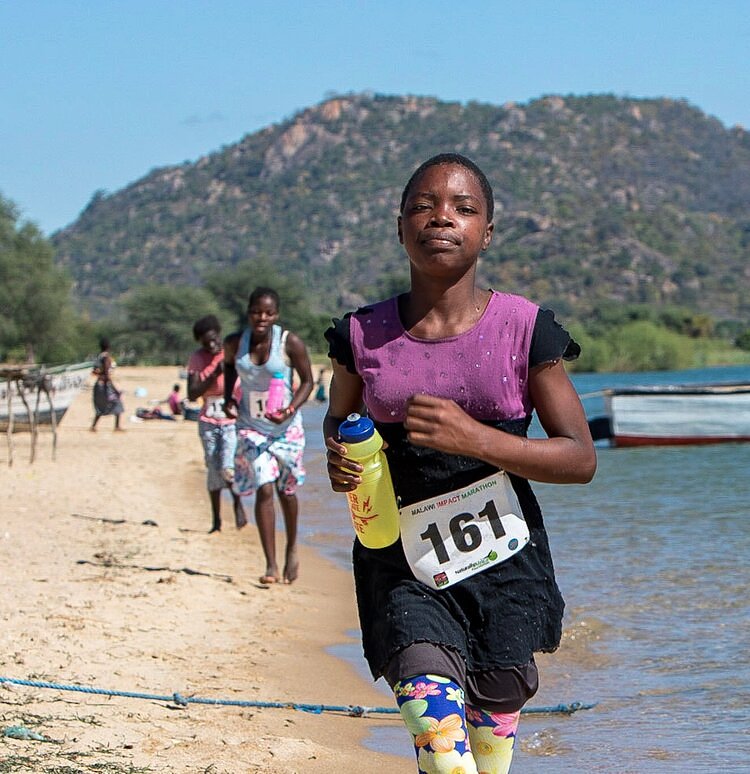
Fri 12 Feb 2021
Going Green in Malawi: An unexpected challenge
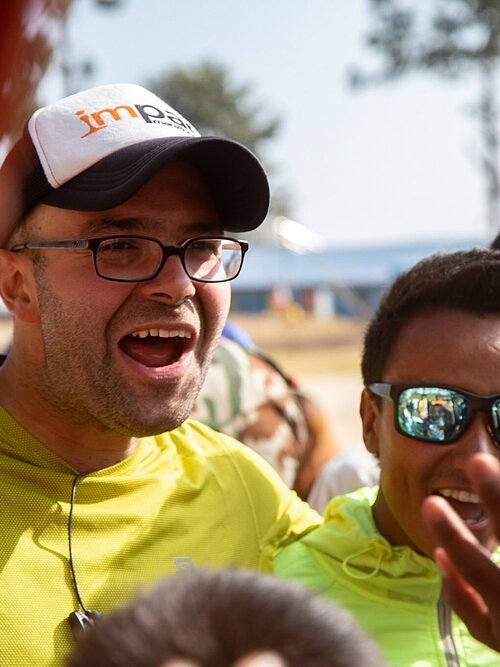
Fri 12 Feb 2021
Impact 101: Conversation with 'We Got The Runs' Podcast
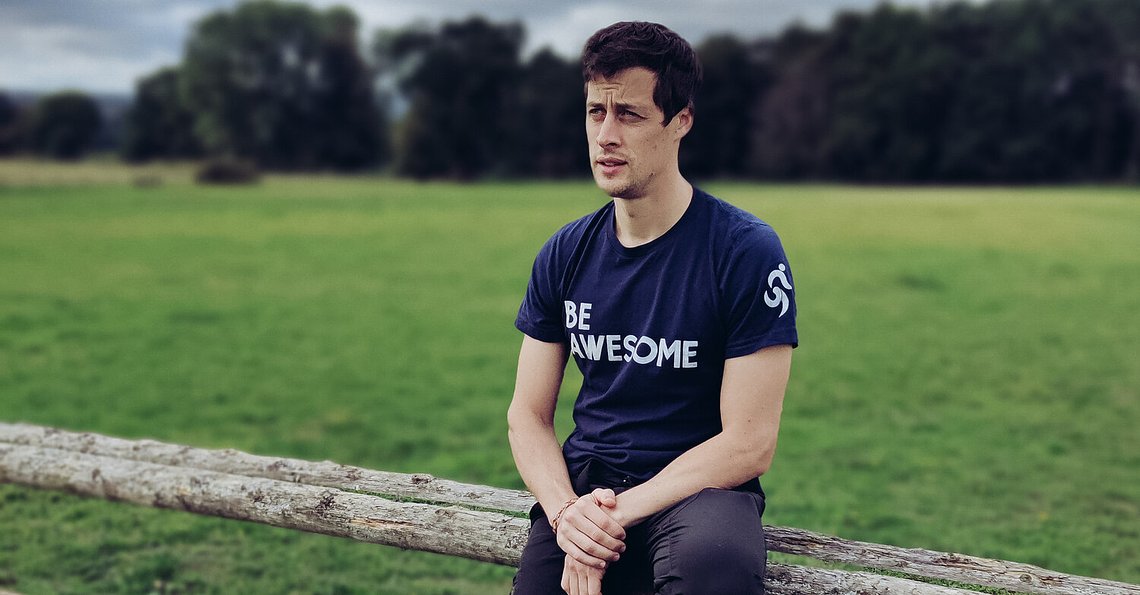
Fri 27 Nov 2020
Ultimate Gift Guide for the Ethical Runner
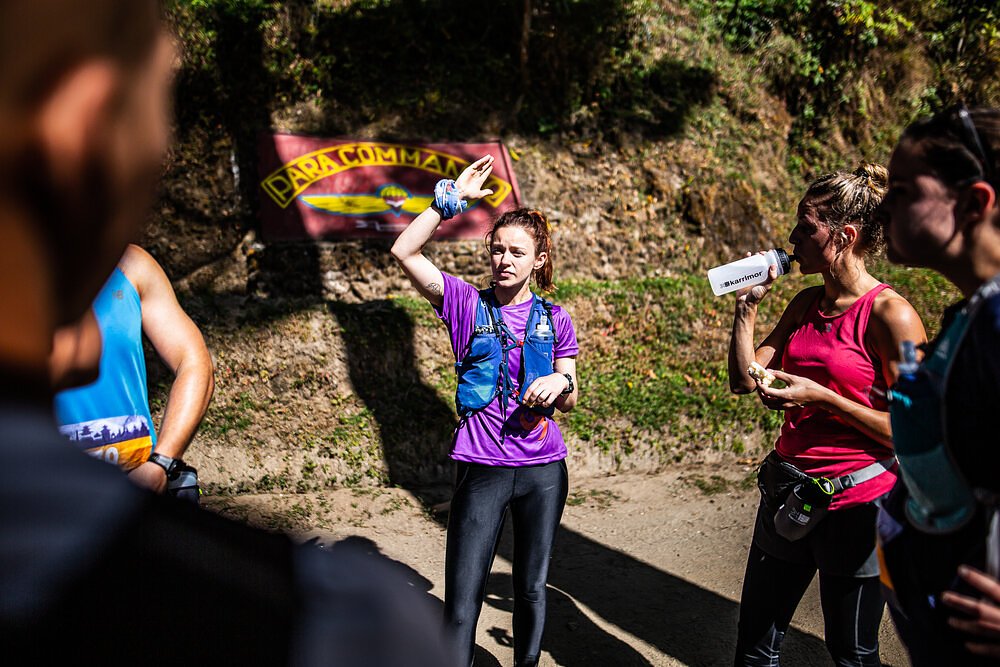
Mon 2 Nov 2020
How do you create a new race route? Meet the Impact Pyramid
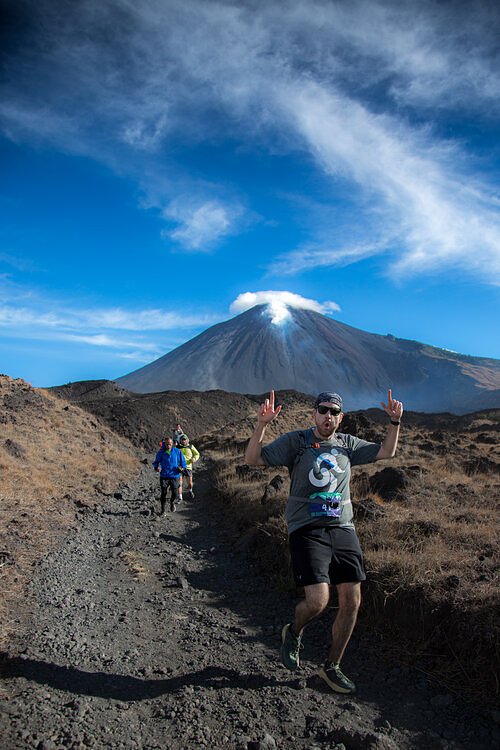
Thu 15 Oct 2020 • Dave Melody
4 ways to maximise your impact (that don't involve any running)

Sun 27 Sep 2020
Green World Programme x Impact Marathon
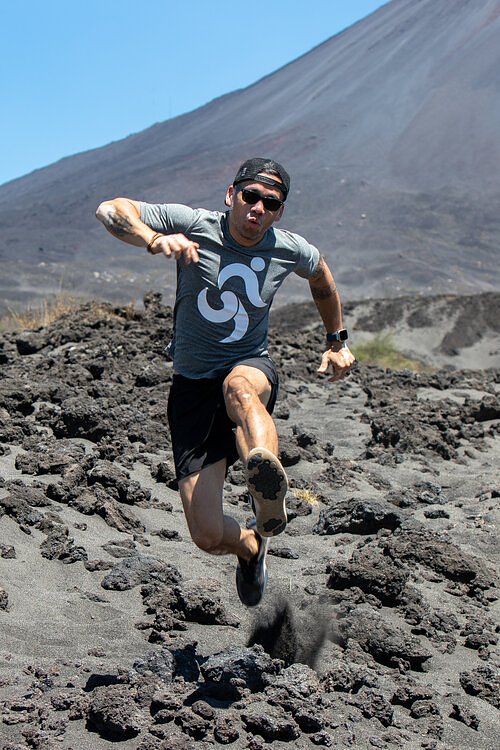
Thu 6 Aug 2020
Impact in 2020: Step sideways, to leap forward
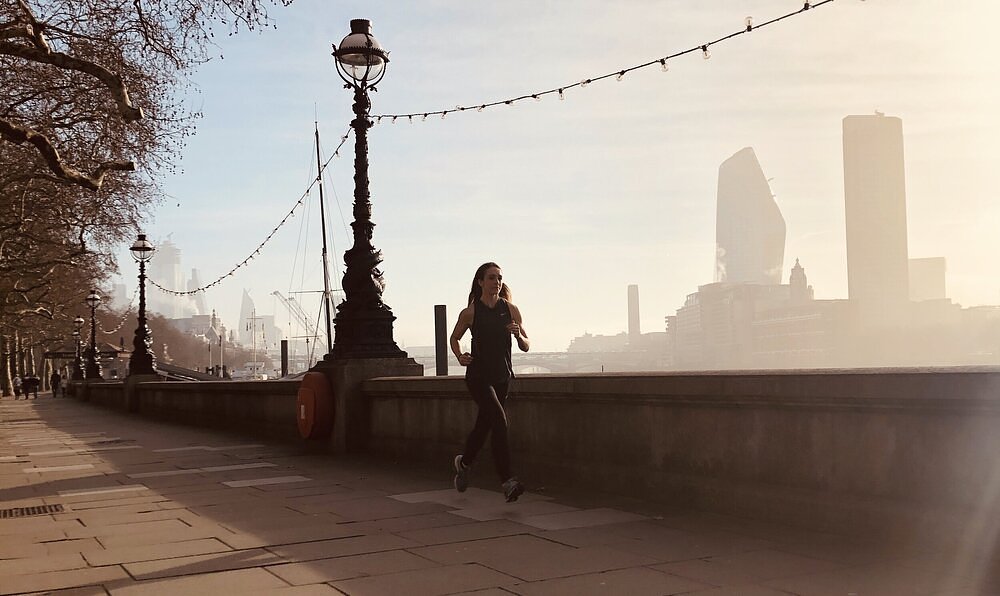
Wed 15 Jul 2020
RunTalkRun x Impact Marathons: Global running movements join forces
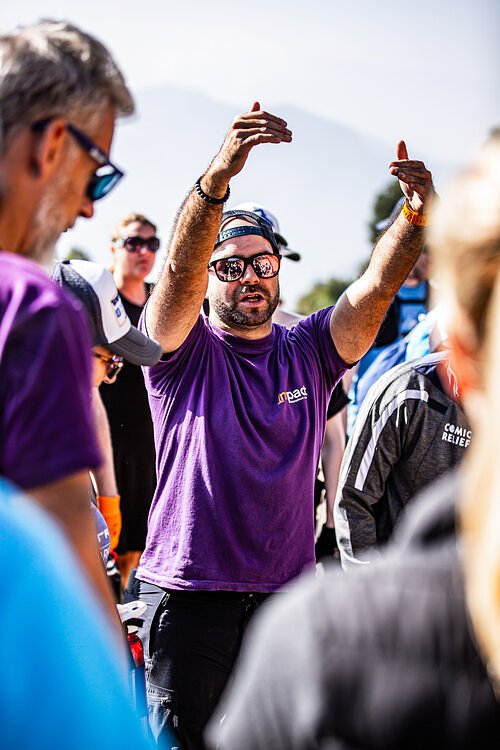
Tue 7 Jul 2020
How to be a change-maker - a conversation with the RunTalkRun podcast
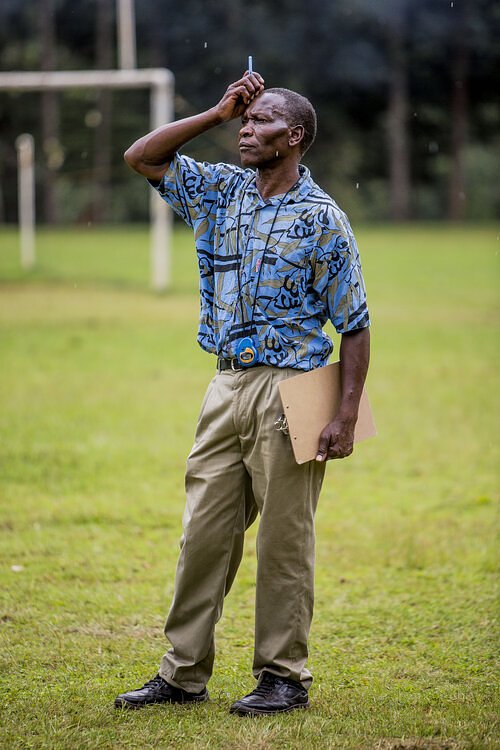
Fri 3 Jul 2020
Coach Gabriel's winning culture: How Kenyan world records are made
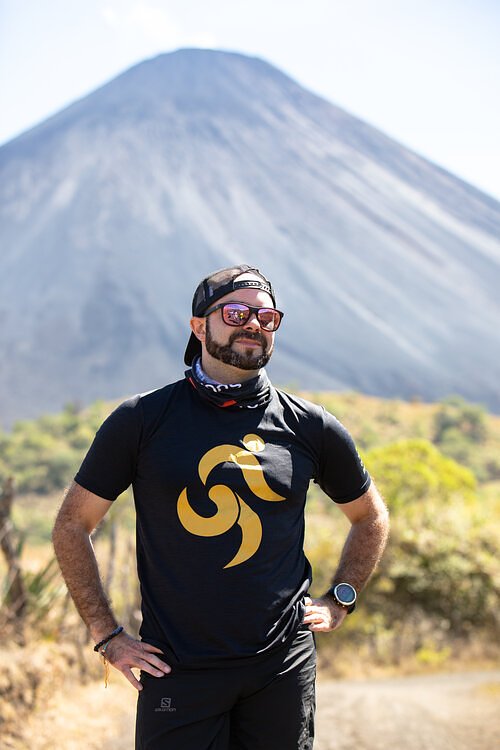
Wed 17 Jun 2020
Silent Motivations - A conversation with the Evossi Explore Show
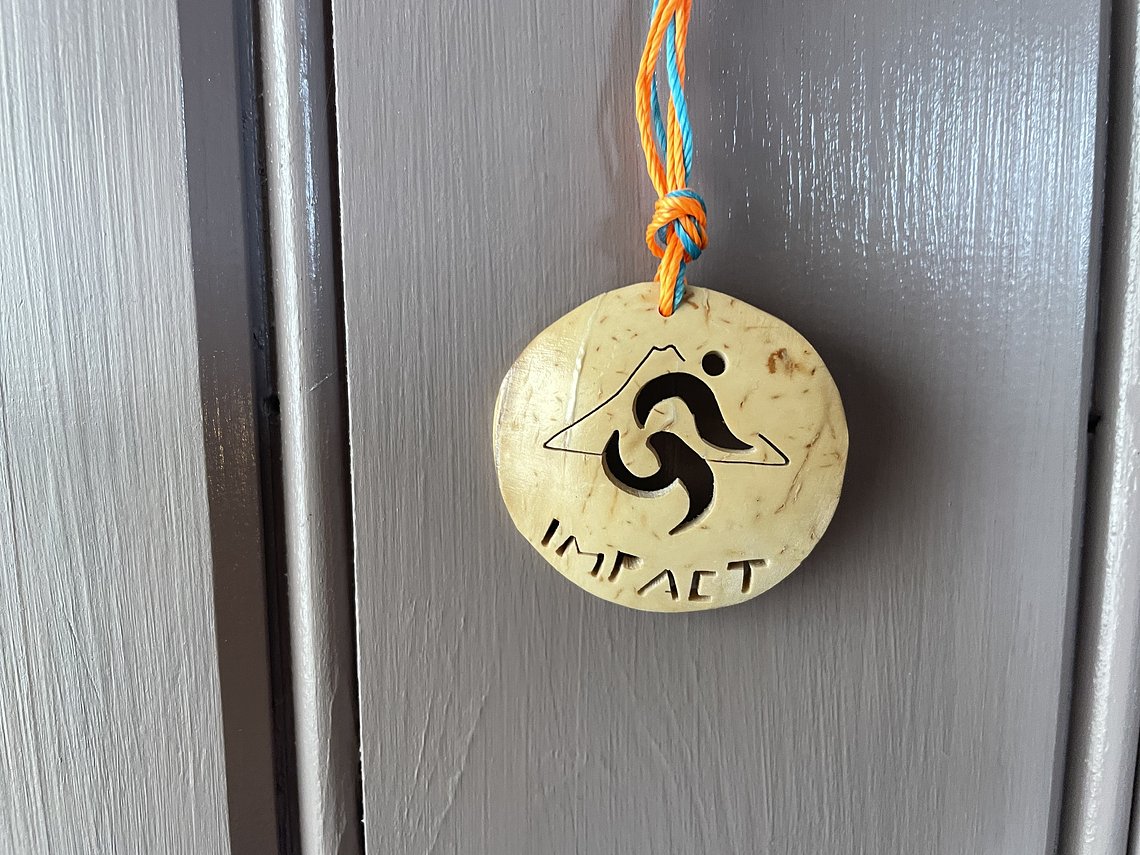
Mon 8 Jun 2020 • Nick Kershaw
What's in a medal? The story behind an Impact medal
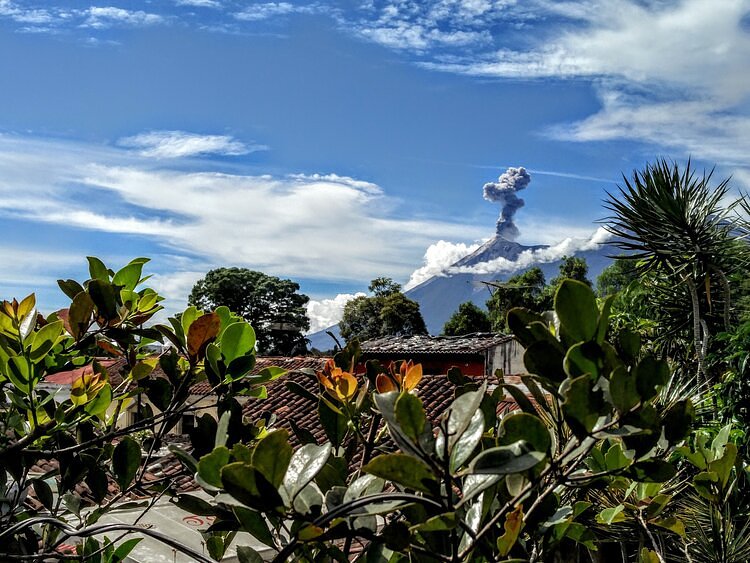
Thu 20 Feb 2020
Guatemala Impact Marathon: From dream to reality

Sat 1 Feb 2020
Runners Recipes: Charlie Watson's Avocado Bread
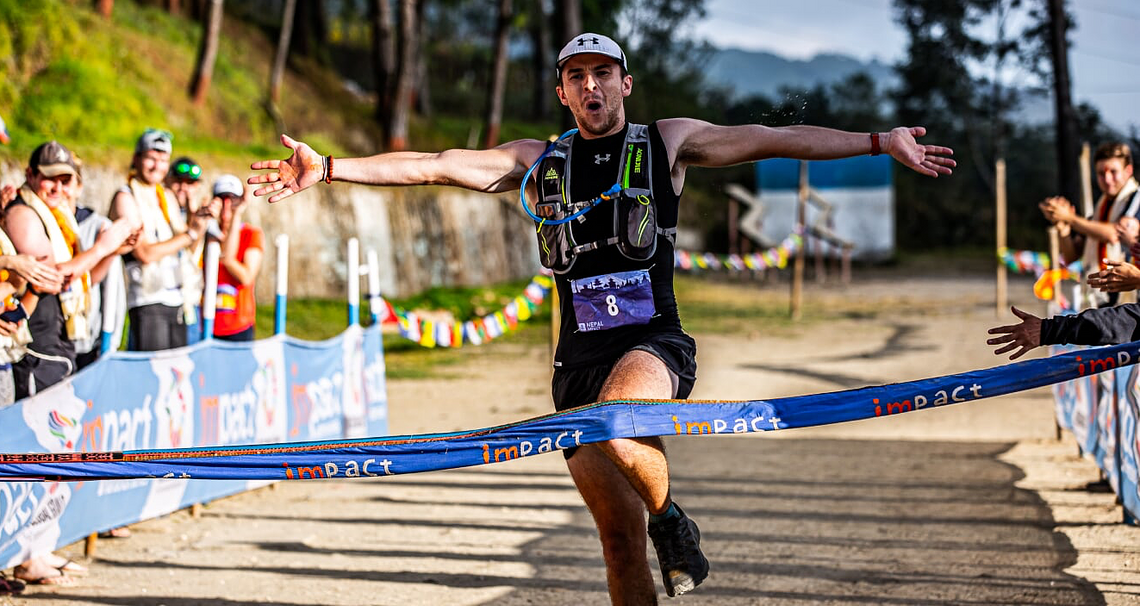
Fri 31 Jan 2020
Impact Runner Stories: Kit Garnett @ Nepal Impact Marathon 2019
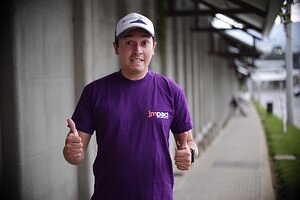
Tue 17 Dec 2019
Pablo: The main man of Guatemala Impact
Tue 29 Oct 2019
Kelsang: The unsung hero of Nepal Impact
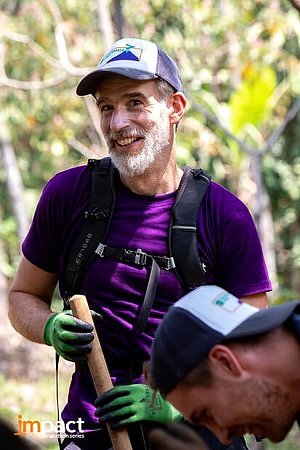
Wed 2 Oct 2019
Team Impact: Through the eyes of an investor
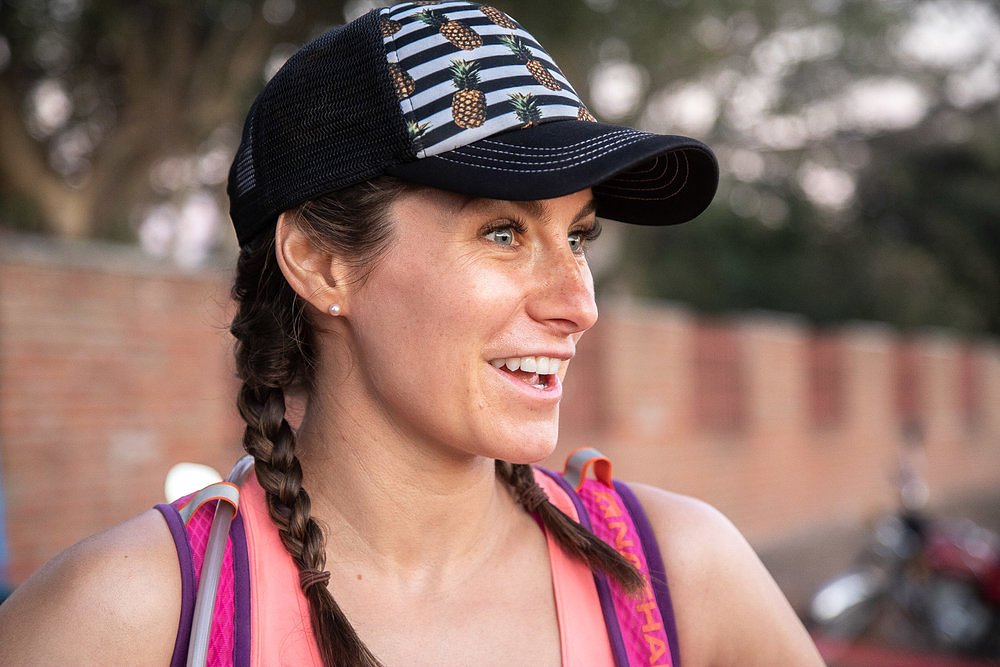
Thu 29 Aug 2019
Meet the storytellers
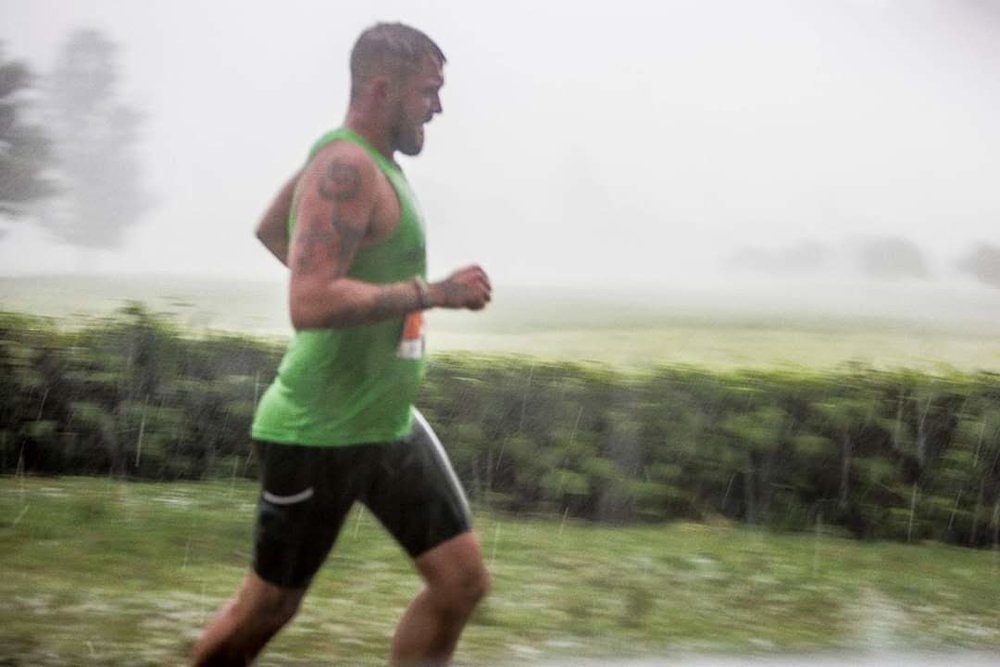
Wed 14 Aug 2019
Why a flash storm in Kenya is exactly what your company needs to thrive
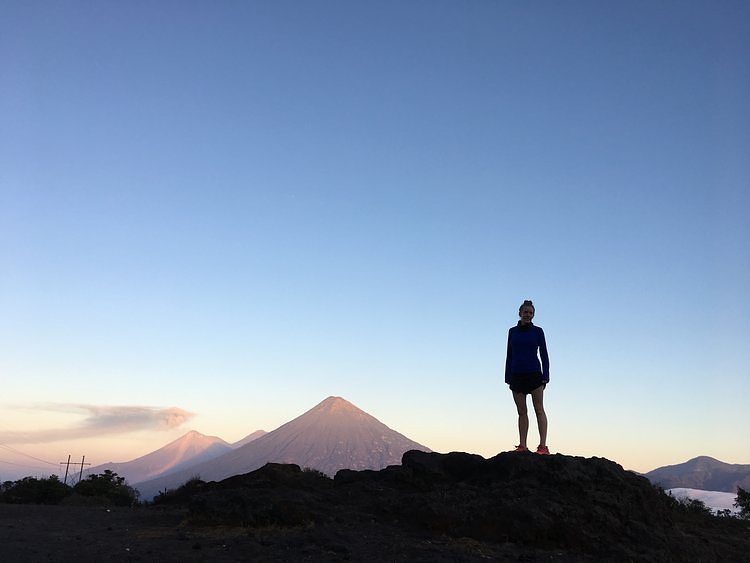
Wed 7 Aug 2019
Team Impact: Through the eyes of our volunteers
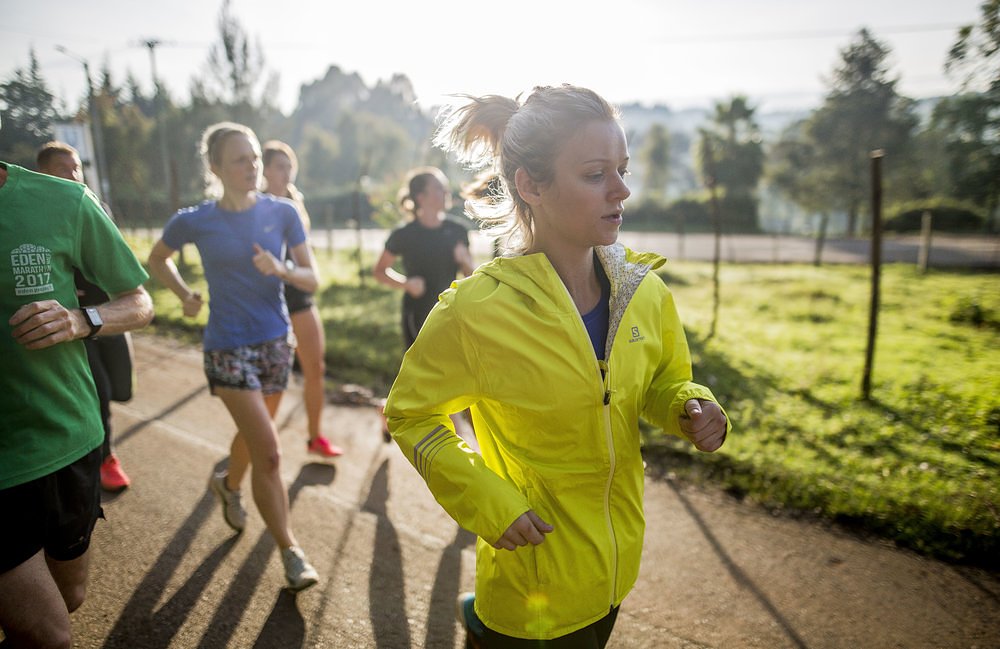
Tue 16 Jul 2019
Nepal Impact 2019 to be led by an all-female race director team
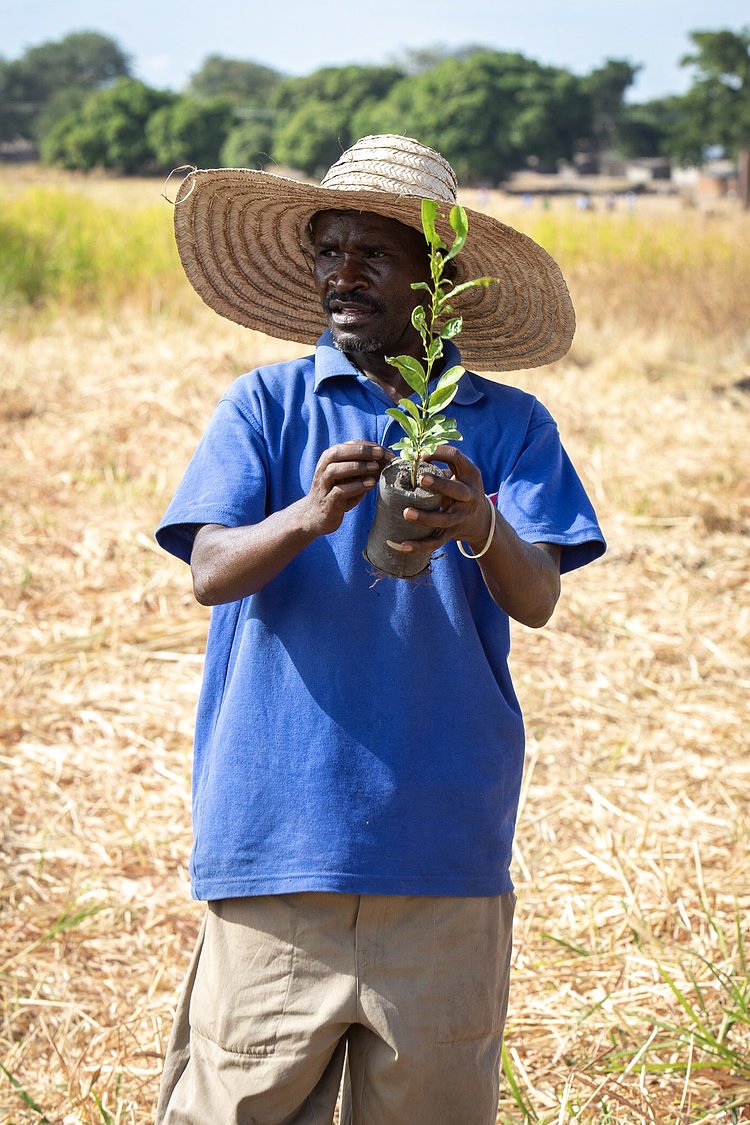
Tue 14 May 2019
Building resilience: Permaculture and sustainable development
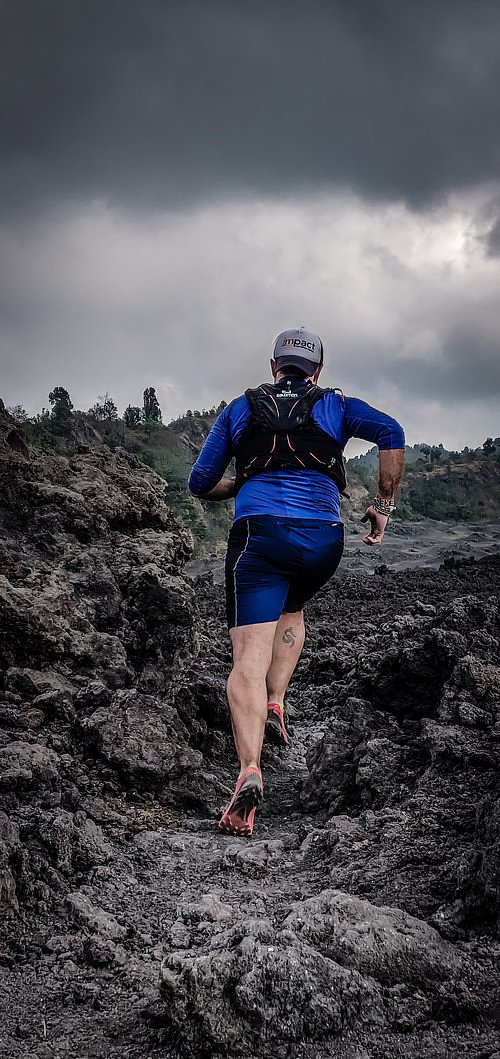
Mon 4 Feb 2019
4 reasons to run up an active volcano
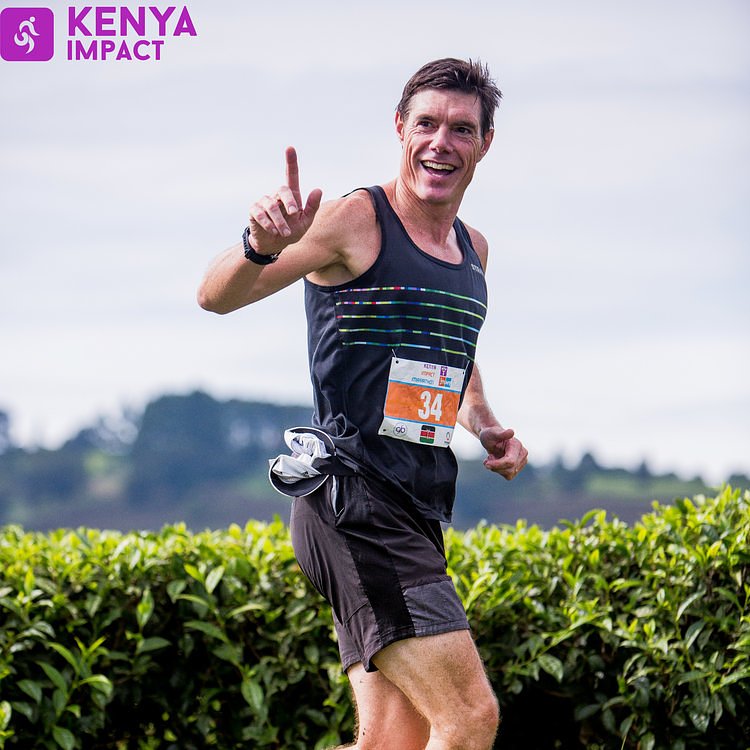
Tue 8 Jan 2019
MarathonTalk - Martin's trip to Kenya
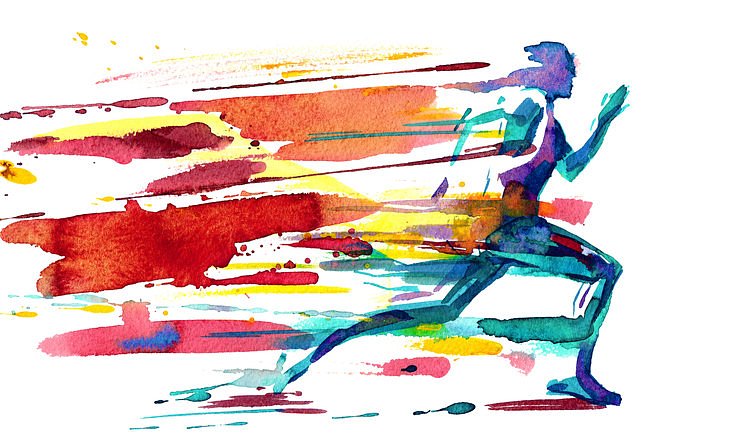
Wed 26 Dec 2018
The best brands for ethical running gear
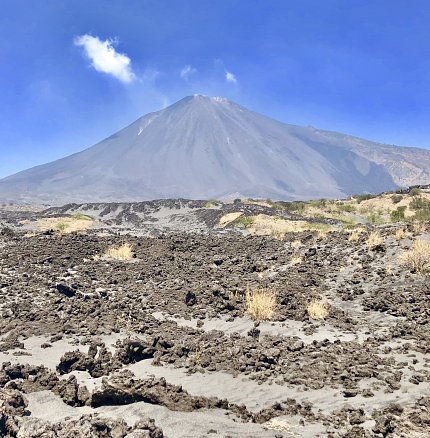
Wed 26 Dec 2018
A CALL TO ACTION FROM 'THRIVE WITH JOE'
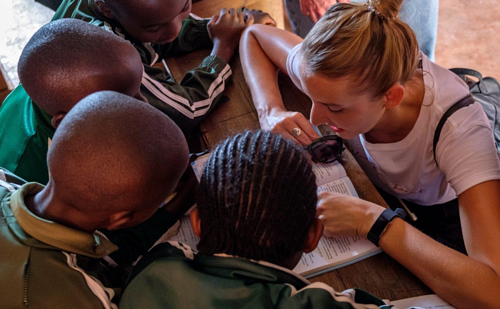
Wed 26 Dec 2018 • Nick Kershaw
Asante Sana, Kenya, For the Memories